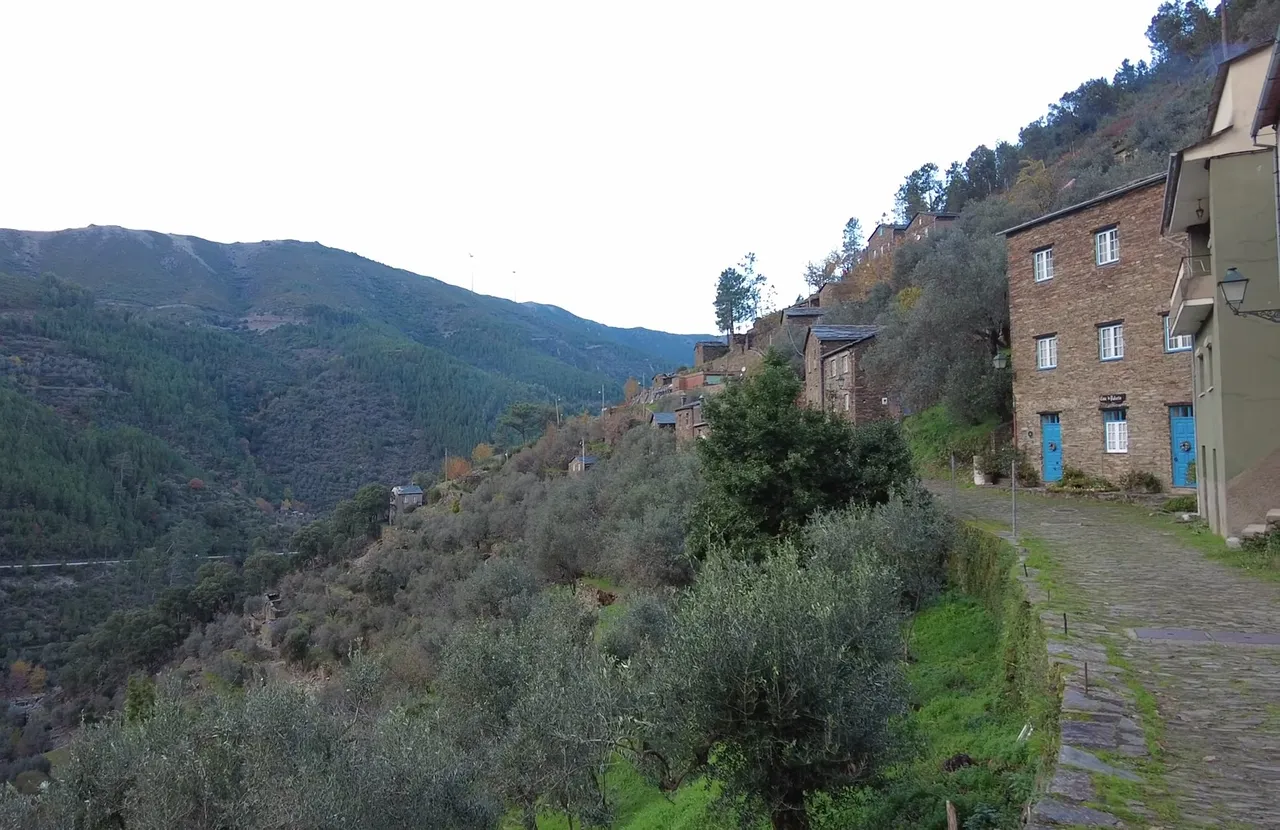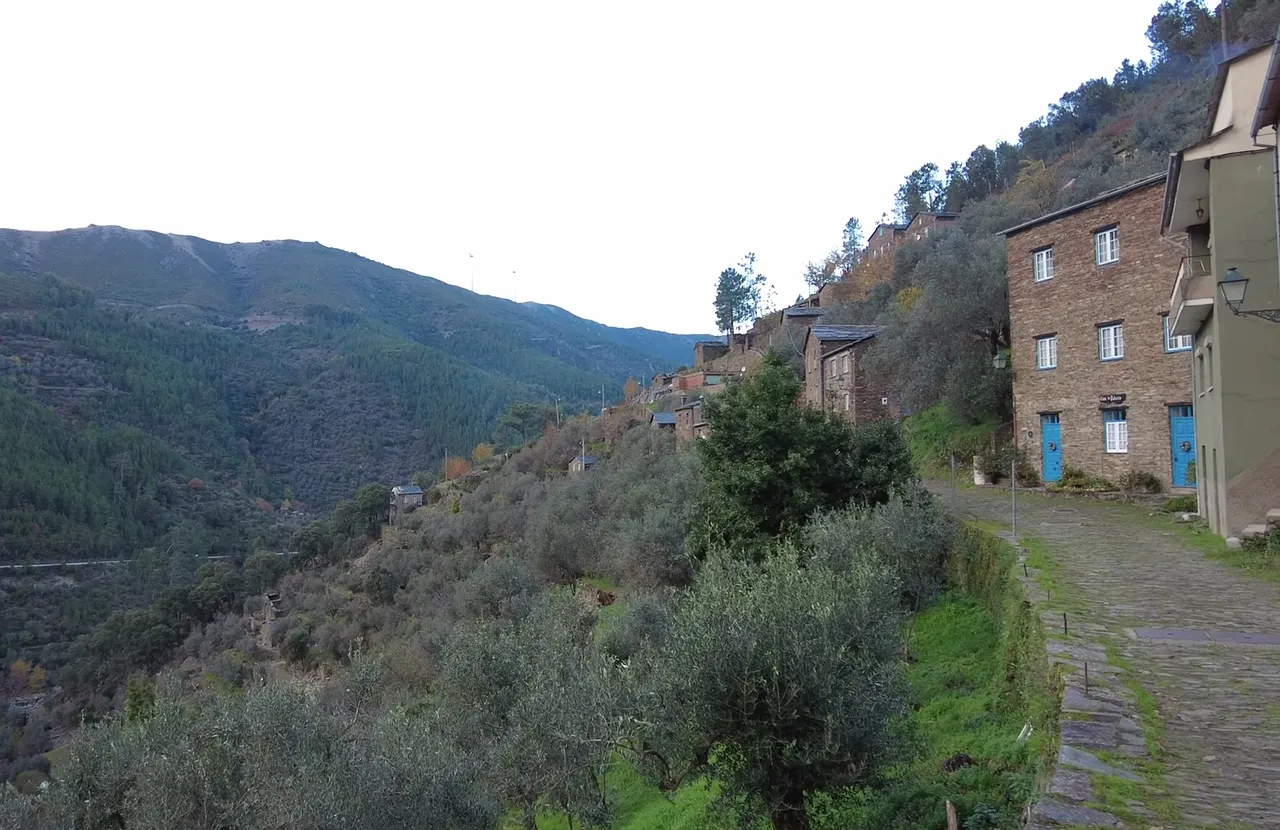
Hello friends, during our journey we visited a village named Piódão. It's one of Portugal's historic villages and part of a special union of 12 historical villages. In my opinion it's one of the most charming, so I wanted to share with you about this village today.
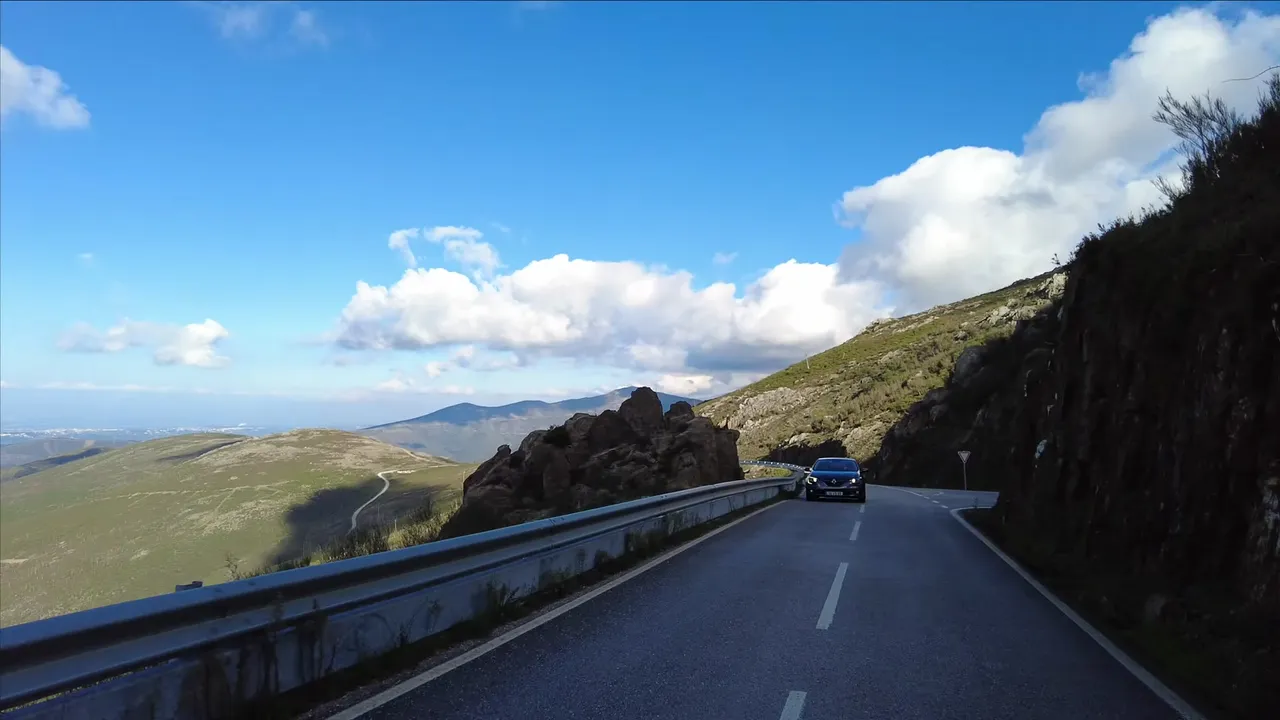
This village was founded by shepherds in the early 17th and 18th centuries. Grass grows on the mountain slopes here, where shepherds used to bring their flocks. There are also springs and streams providing both food and drink for the animals. What makes this village special is the material used for construction. Buildings, bridges, roads and sturdy walls are all made of schist. Schist is a layered and very interesting material that allows for highly textured walls to be built.
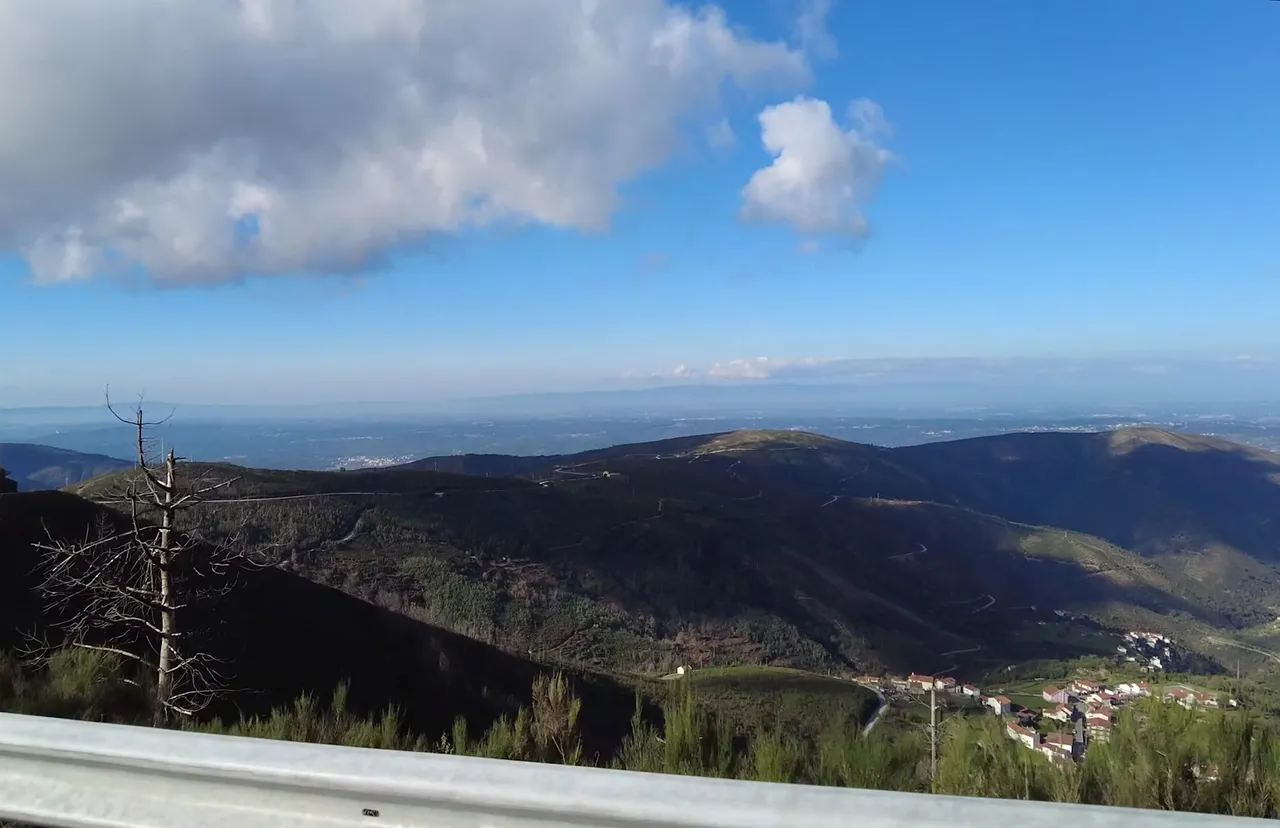
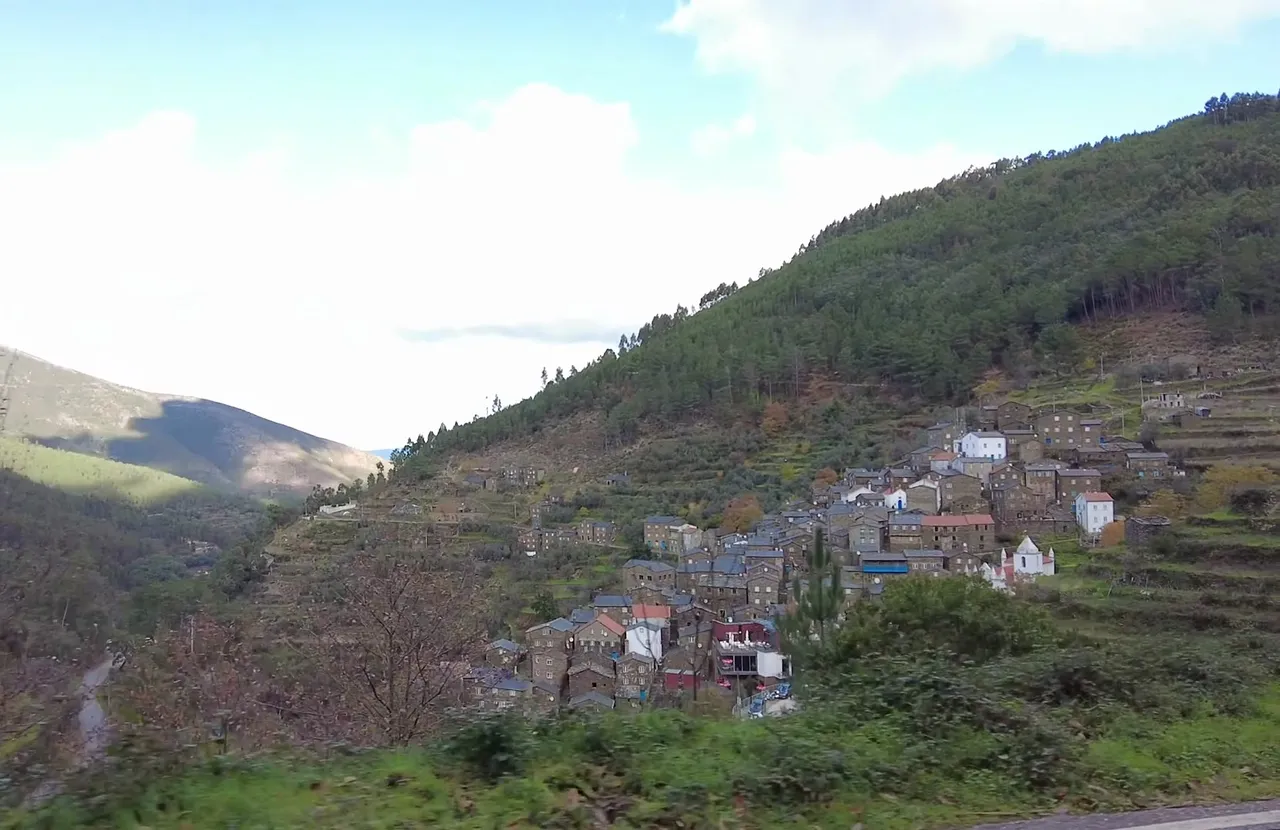
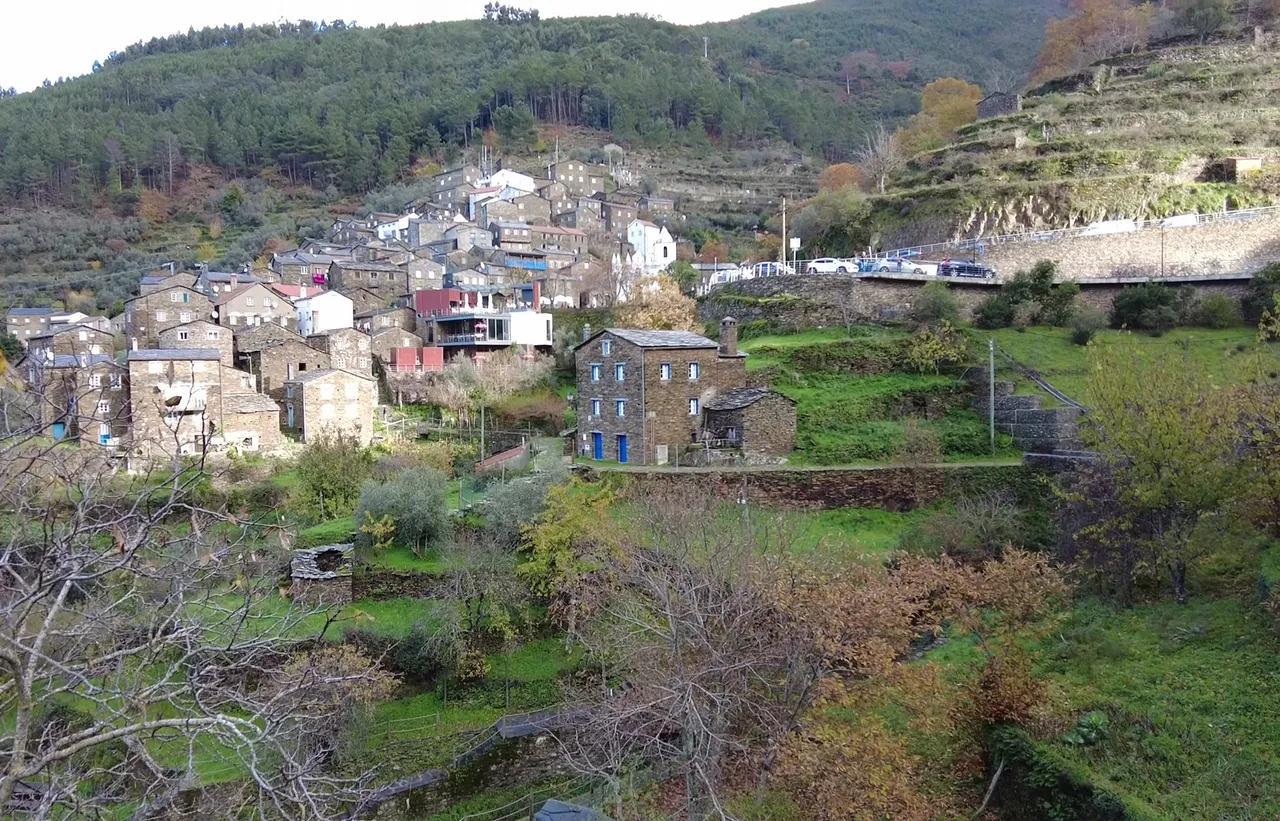
Perhaps the most striking feature of Piódão is its authentic and characteristic architecture. The village is small, so there aren't many tourist spots, but there are some interesting things. The main attraction is certainly the views.
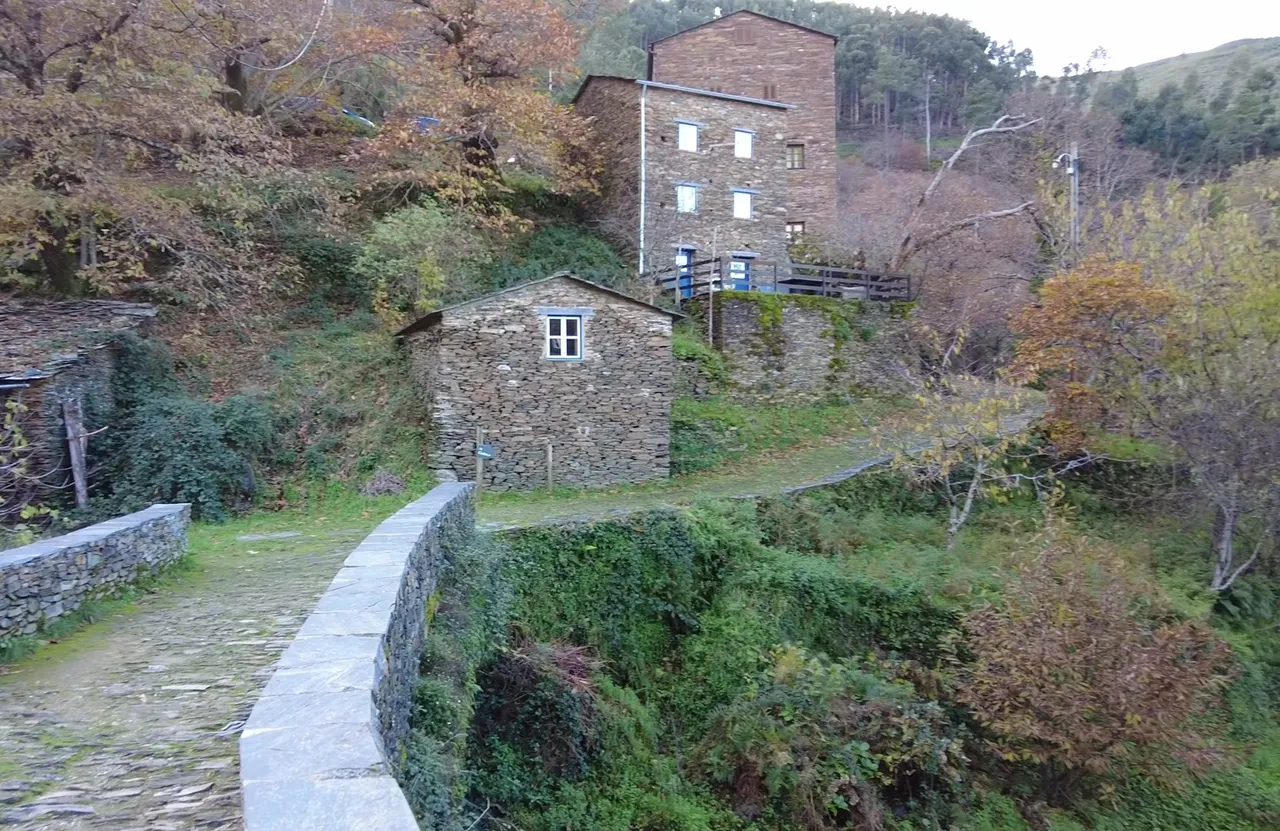
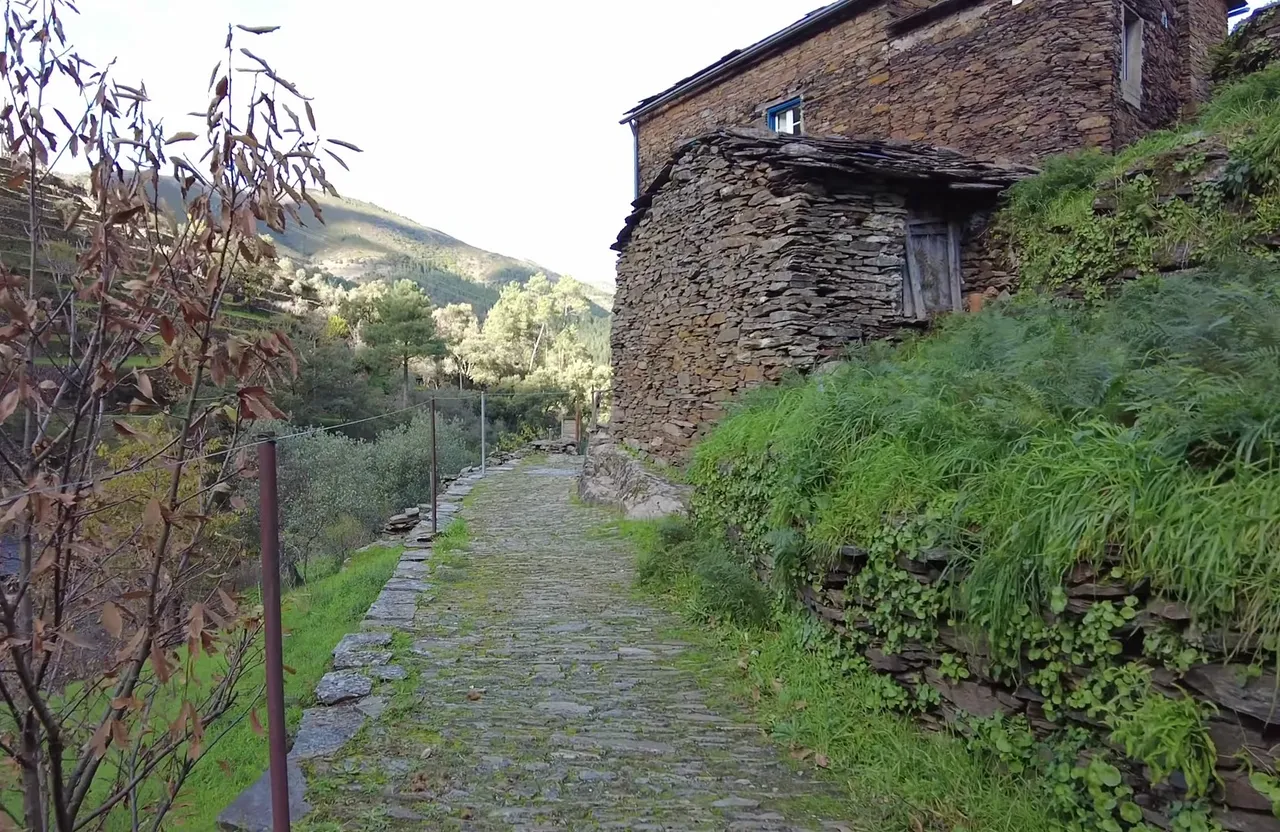
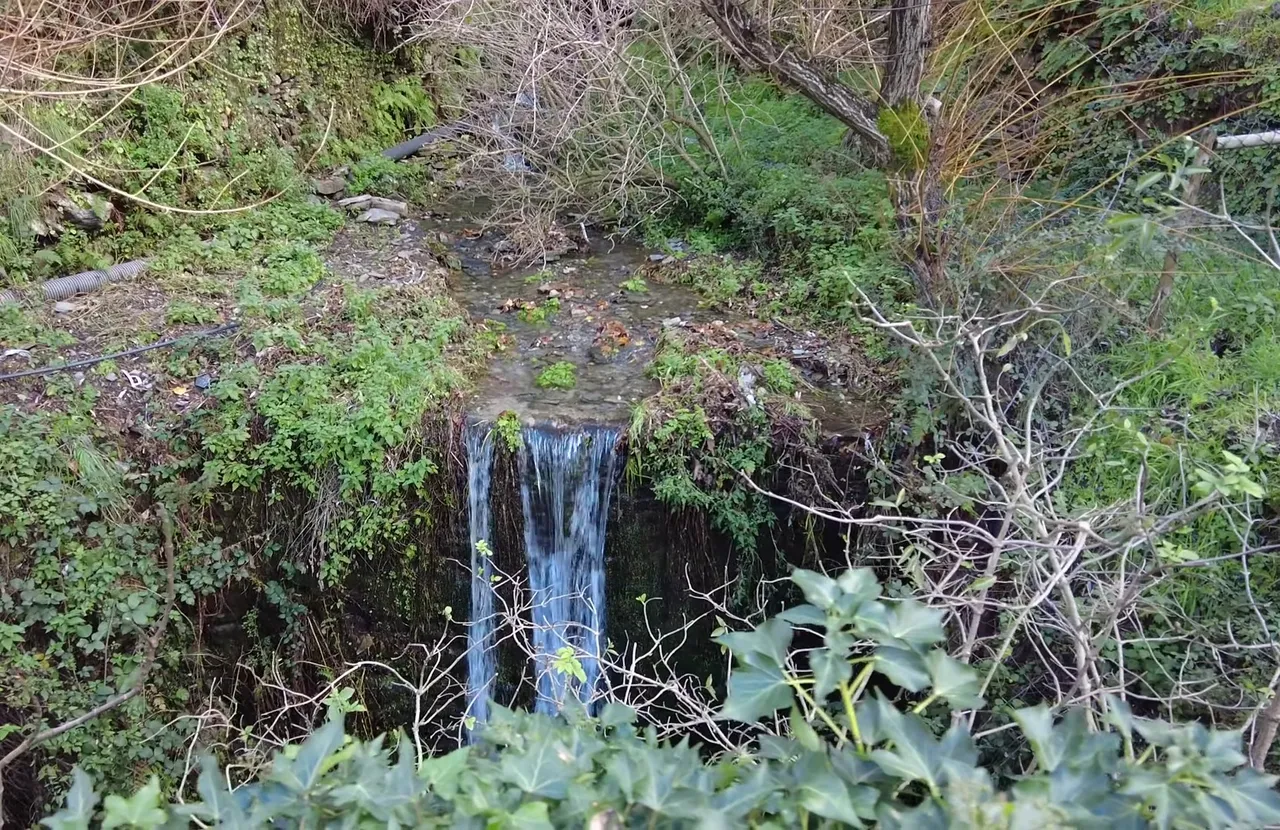
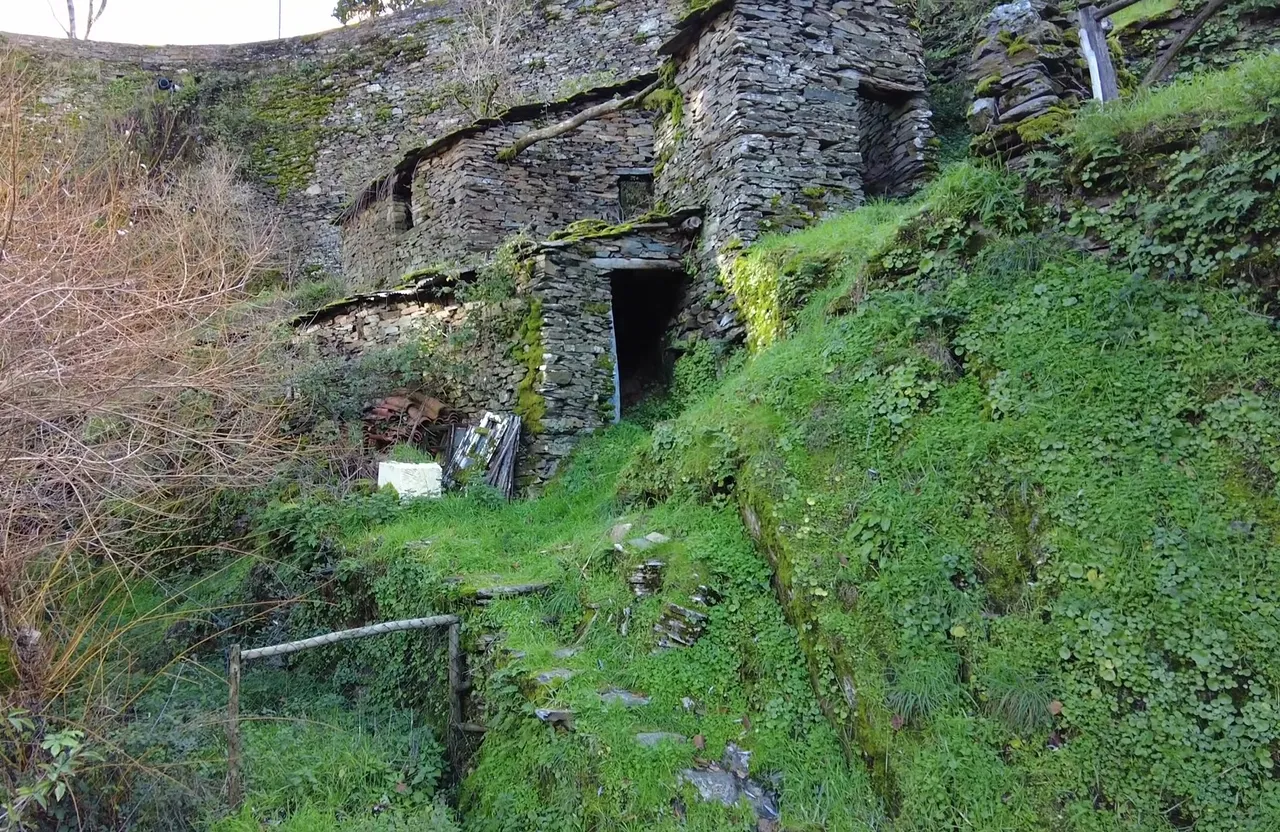
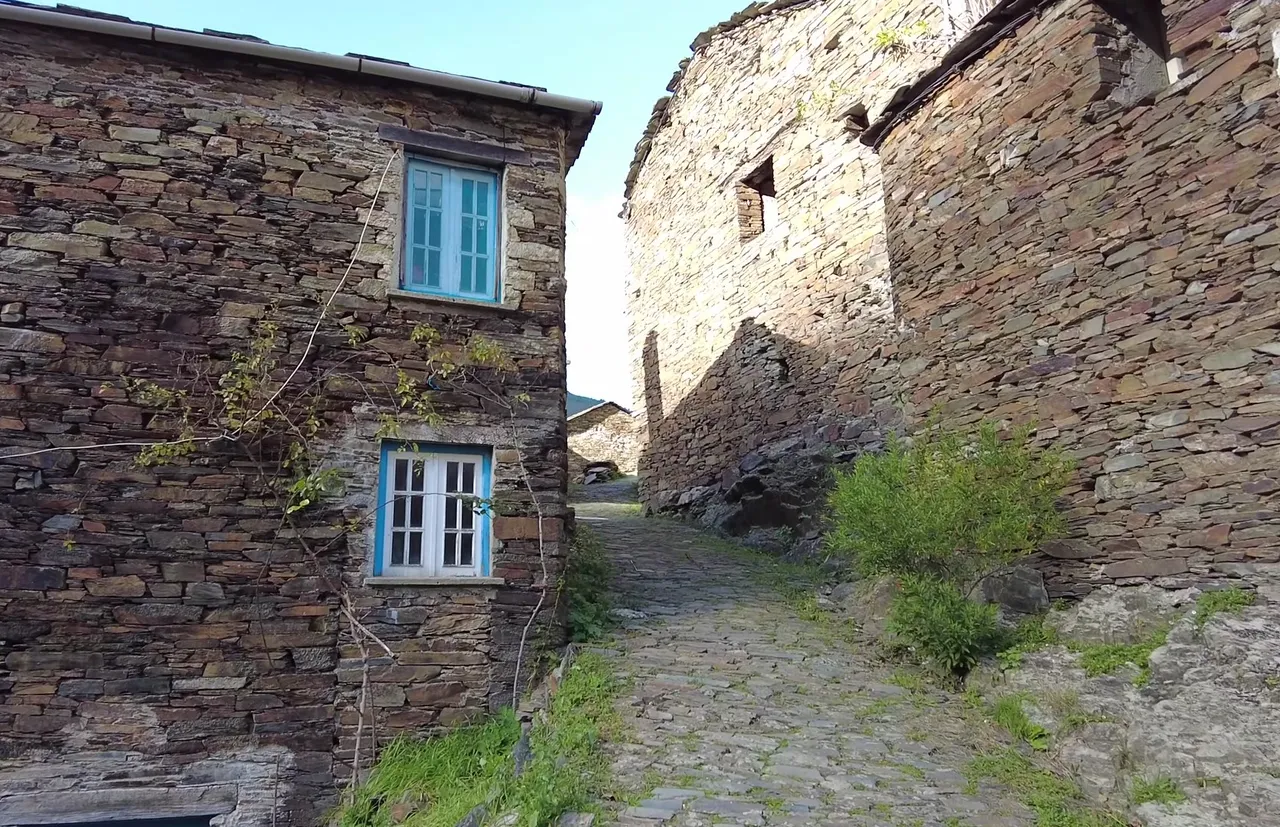
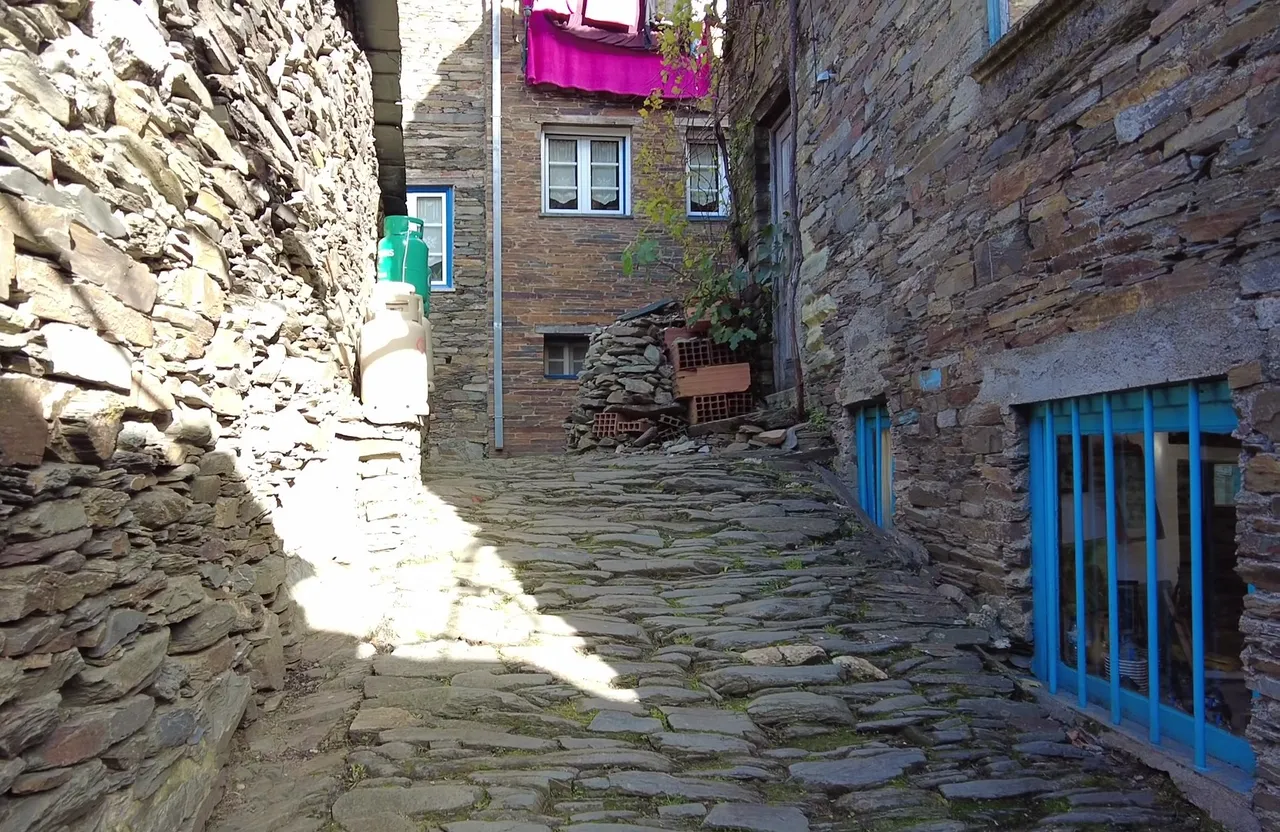
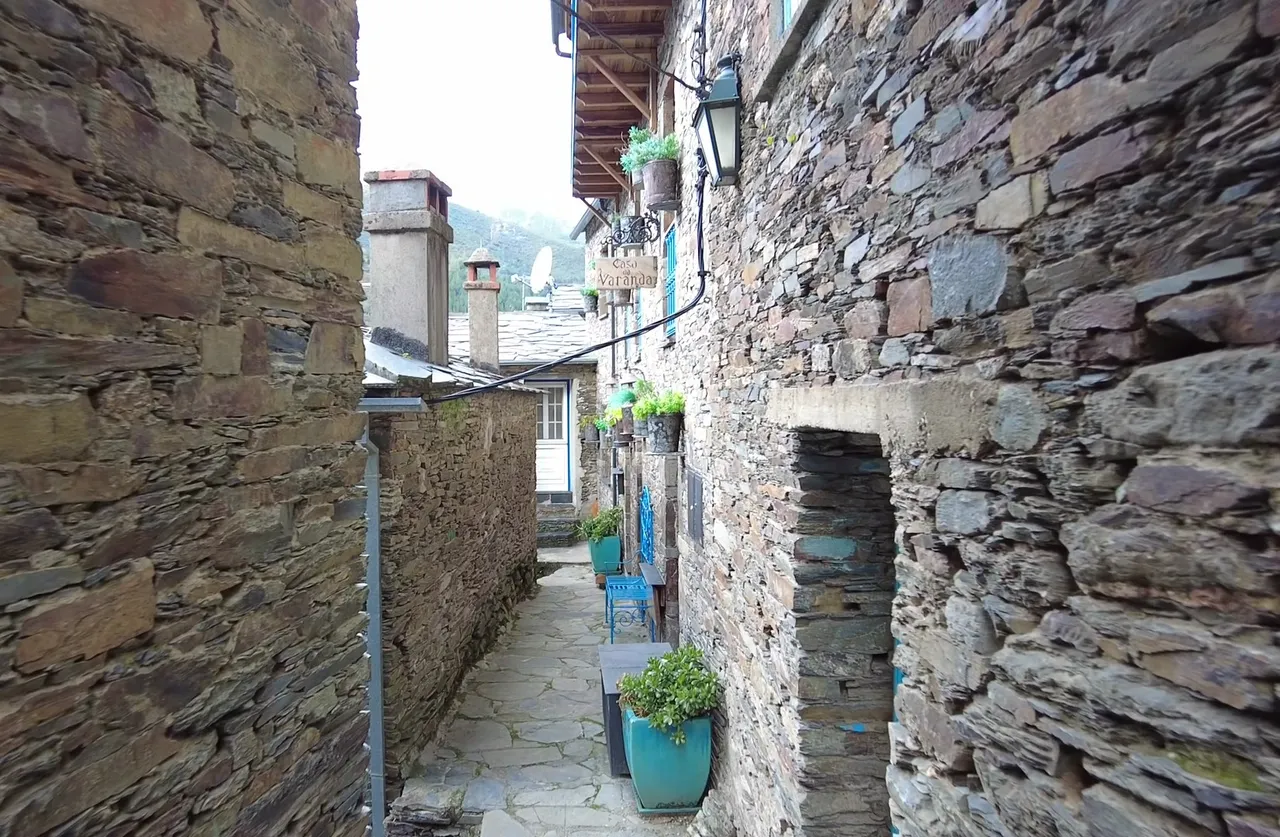
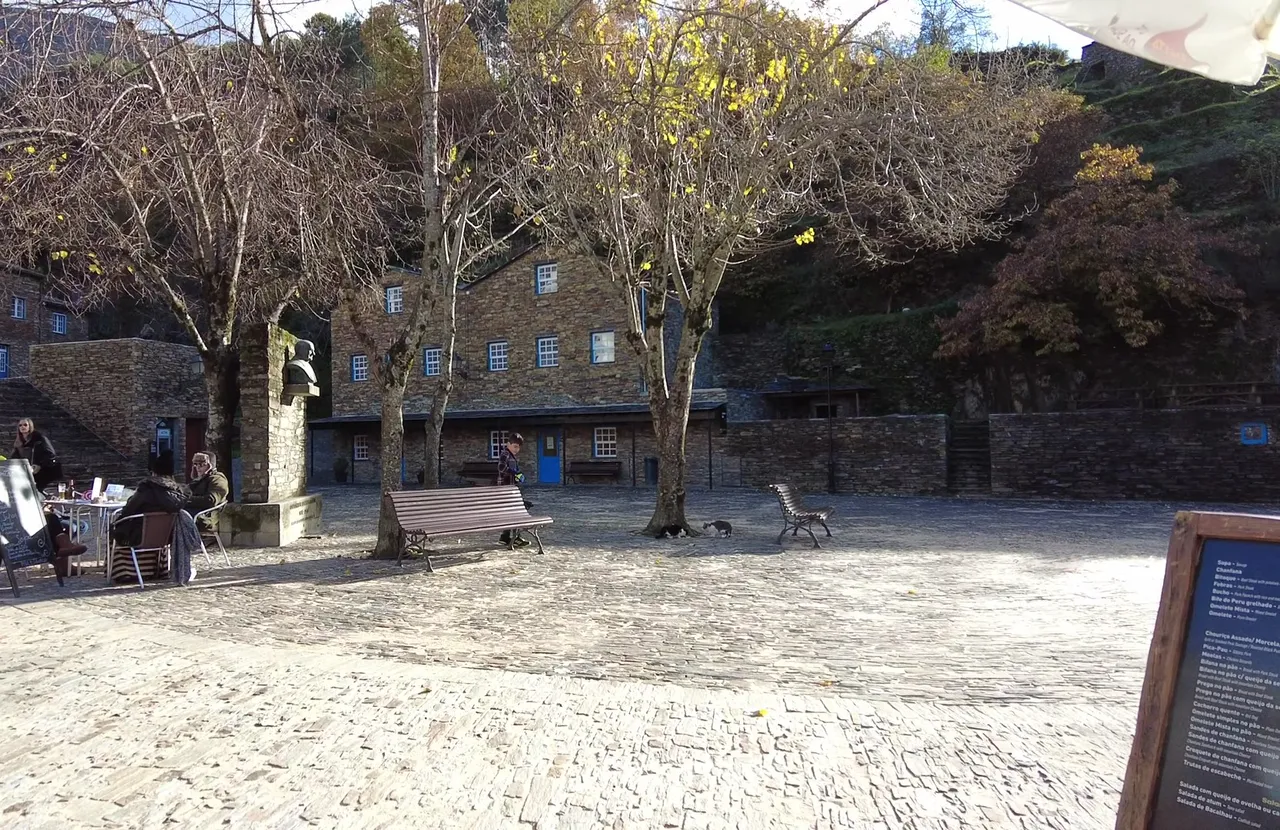
The most famous person from Piodão is Manuel Fernandes Nogueira, a local clergyman. He served in the main church here. During his time, the church was renovated, a bell tower and clock were added and he established a college for local children to prepare them for seminary. The church is quite beautiful, restored with painted statues inside. Also the views from these terraces are quite stunning. I don't know what they grow, but this region is a wine-producing area. If you're in Portugal, be sure to try the red wines from this region. They're relatively inexpensive but quite interesting. I think they're not worse than the popular wines of Lisbon and the Douro Valley.
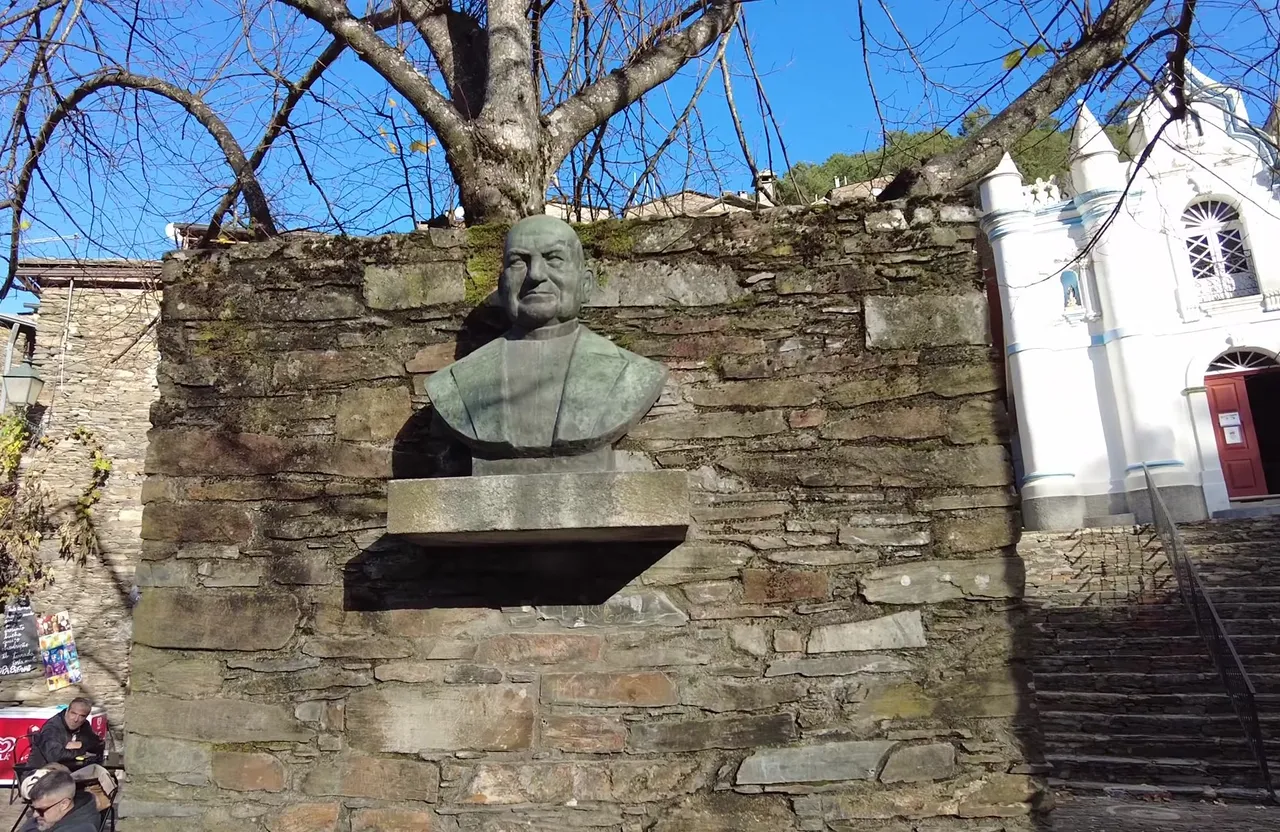
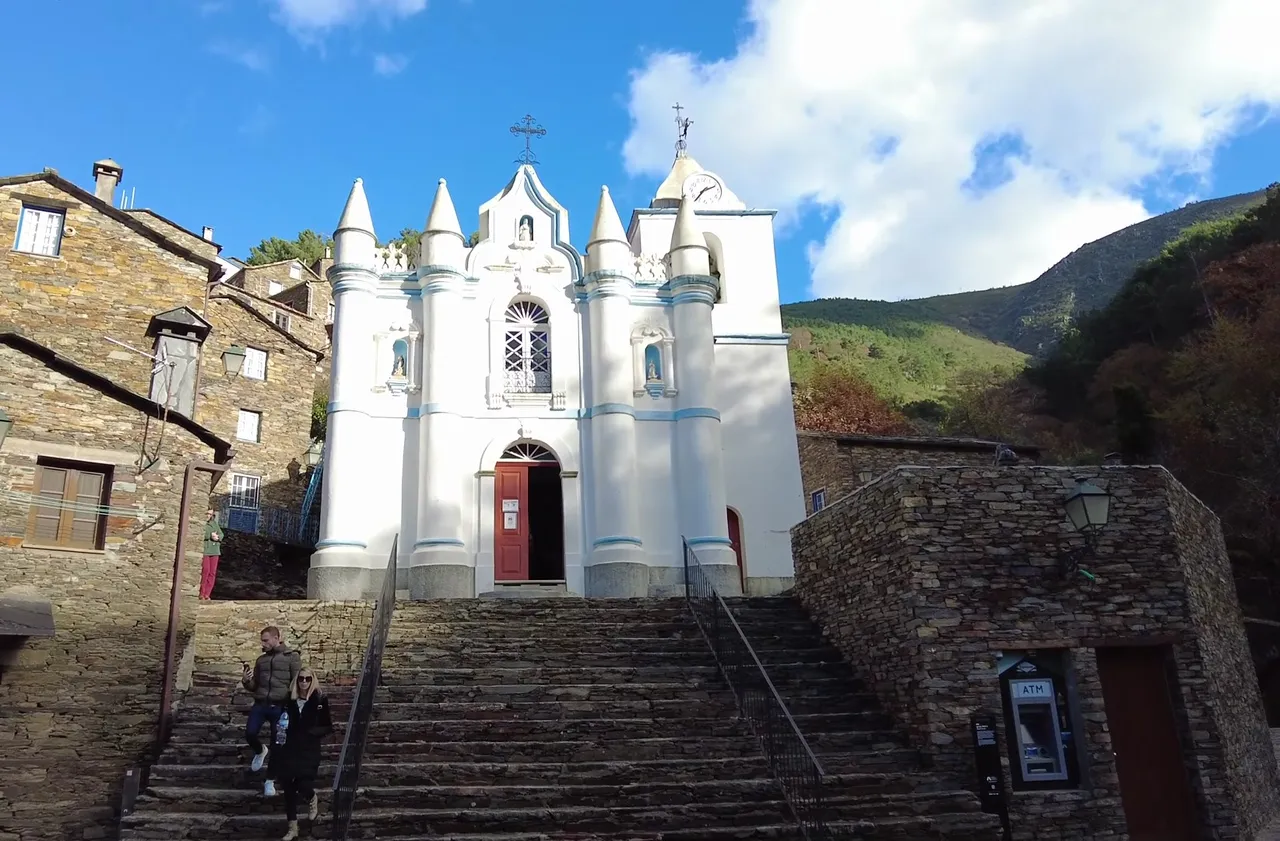
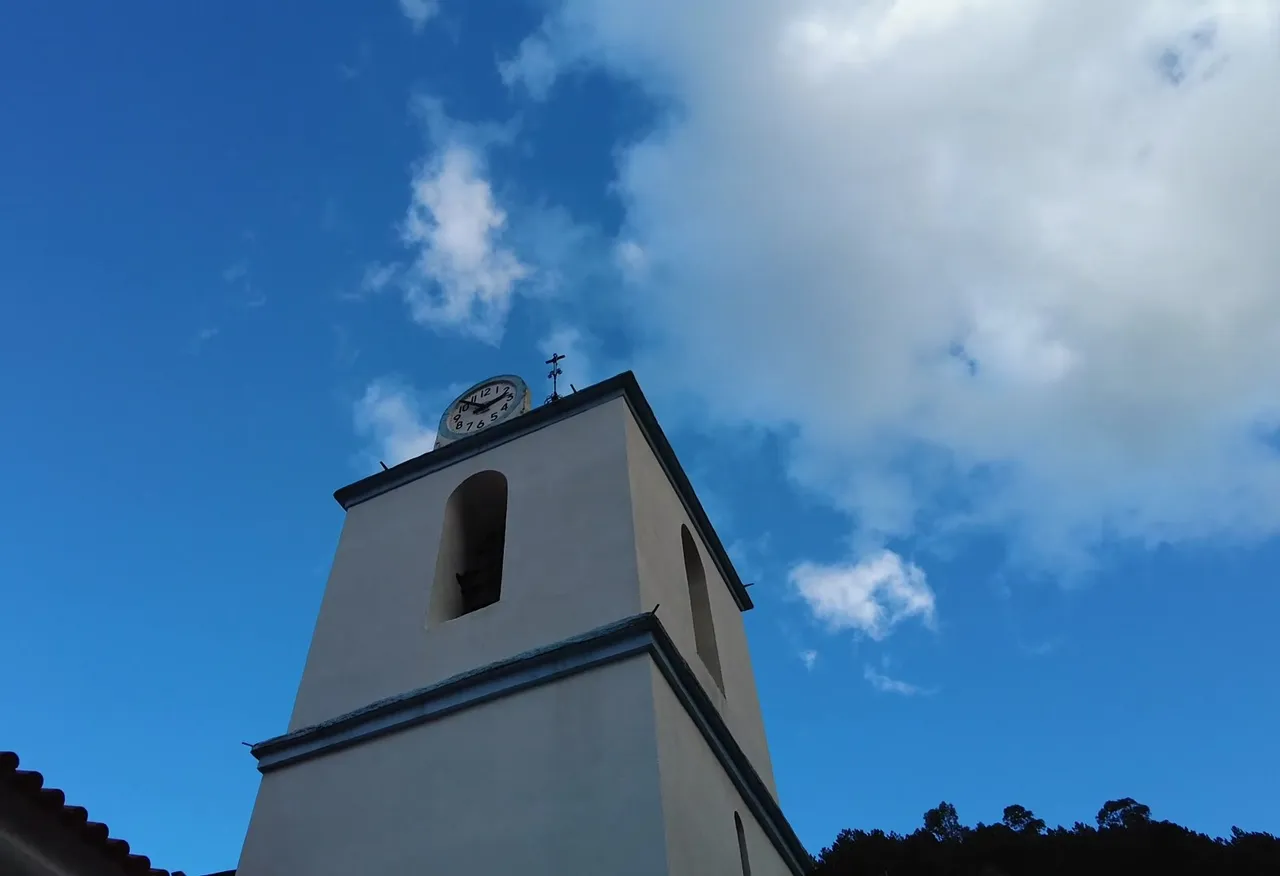
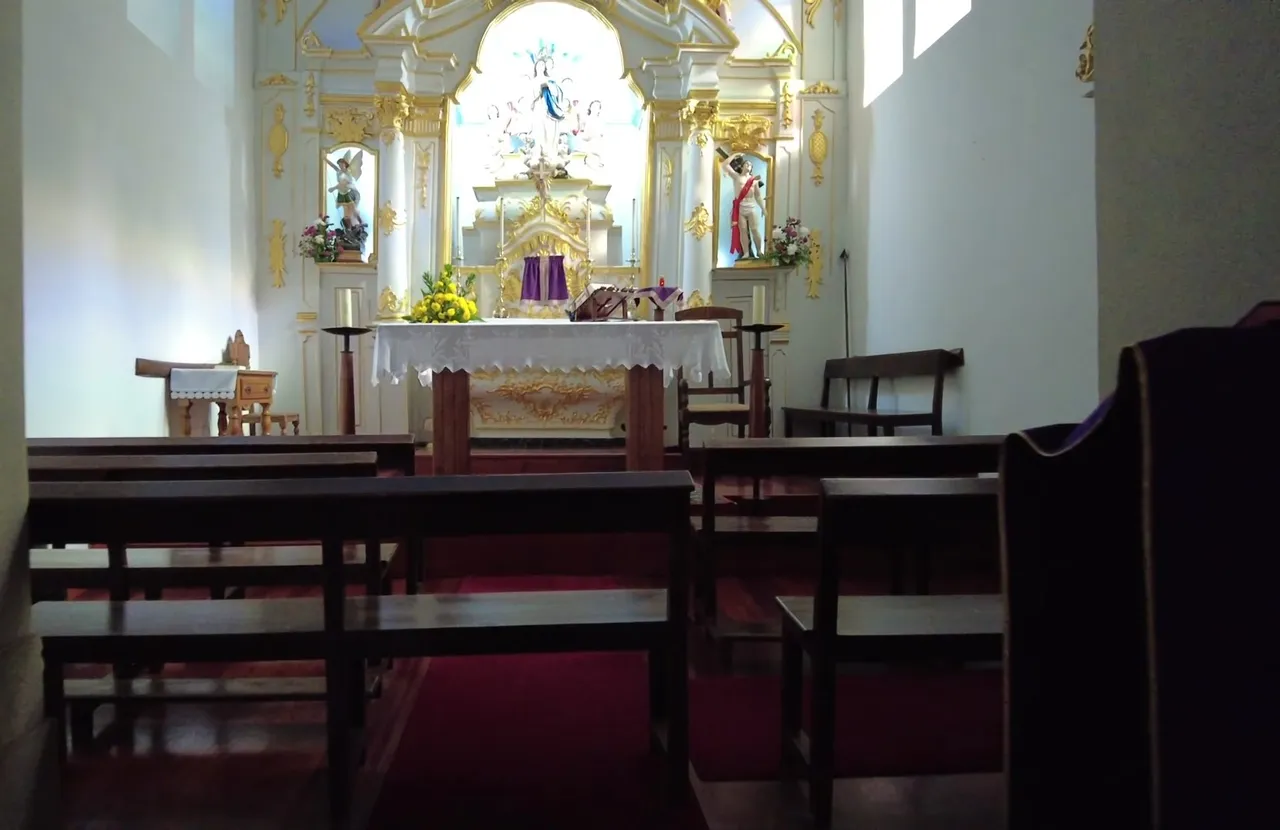
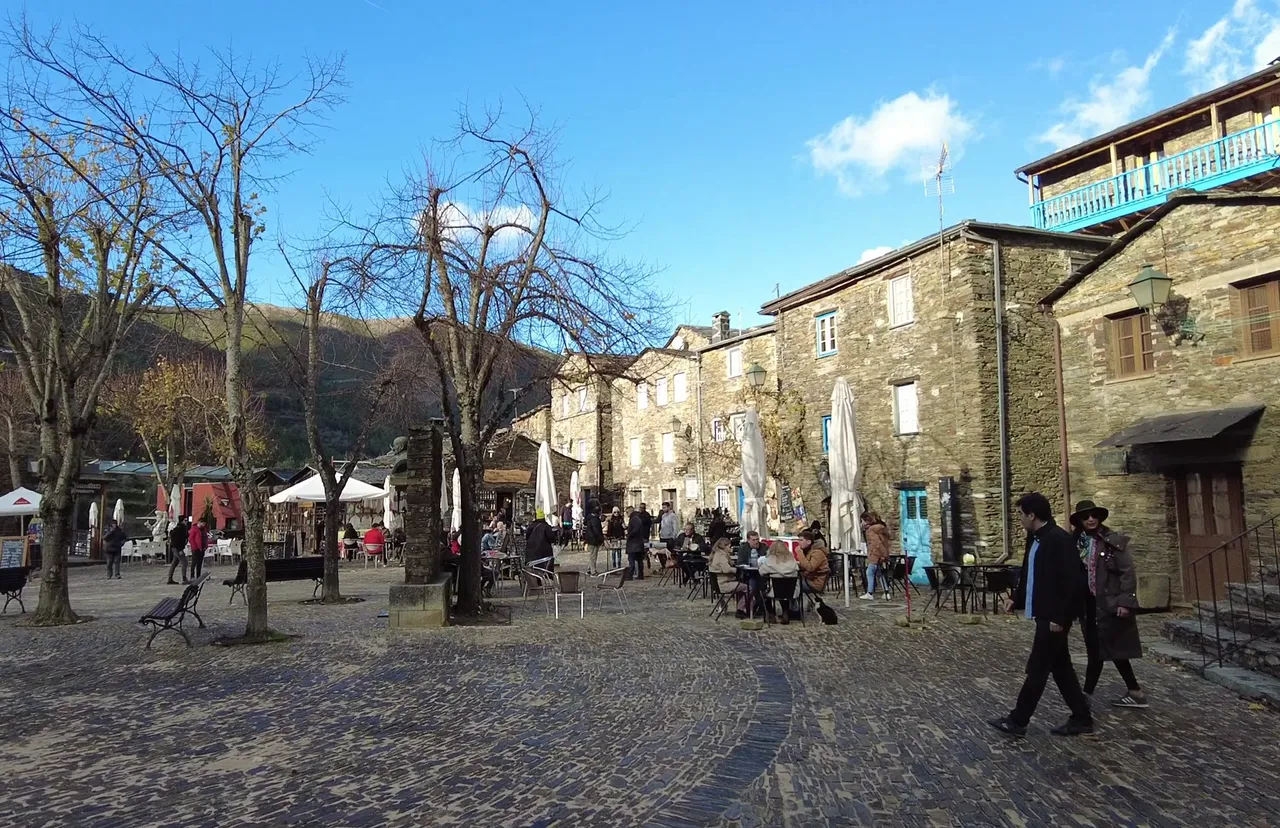
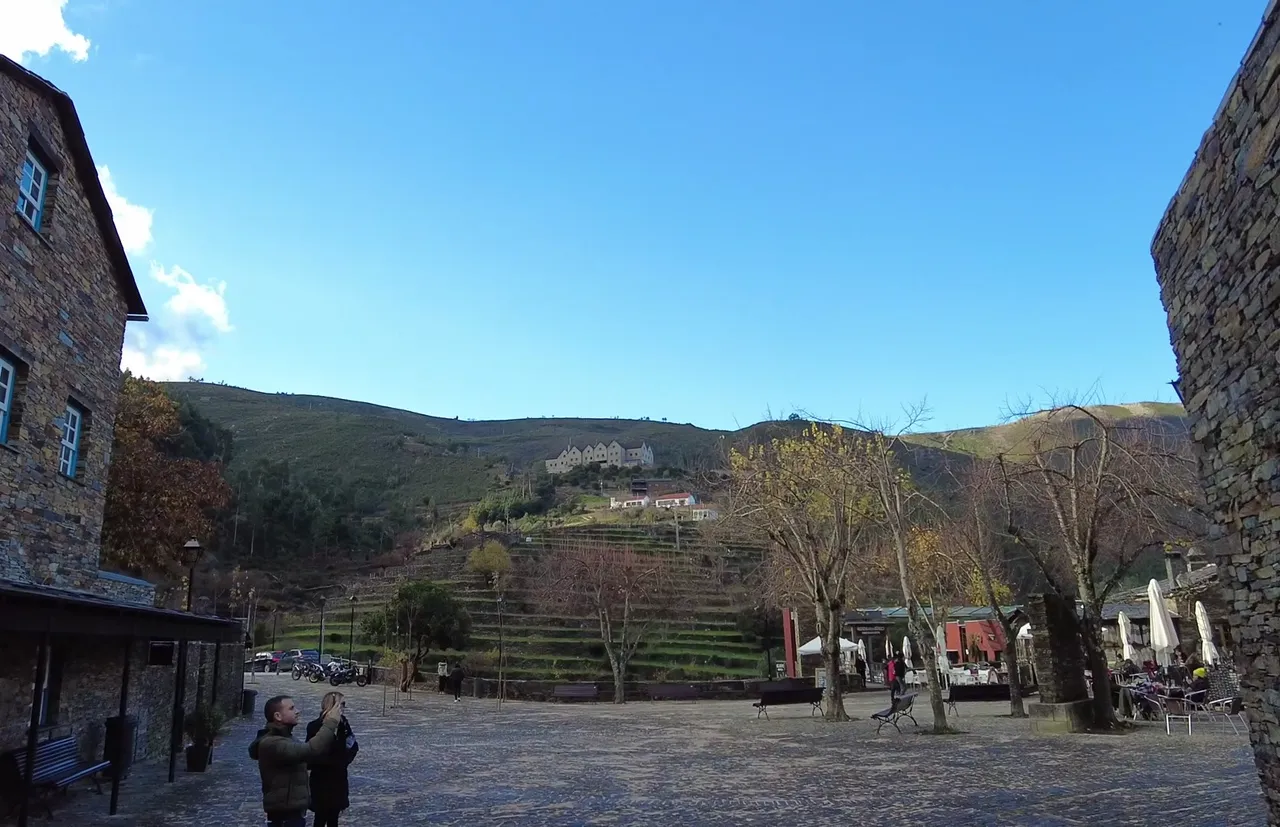
By the way local streams don't flow randomly. They're specially directed. This is done to ensure the decomposition of grass by watering it, thus creating compost or fertilizer. This is also quite interesting.
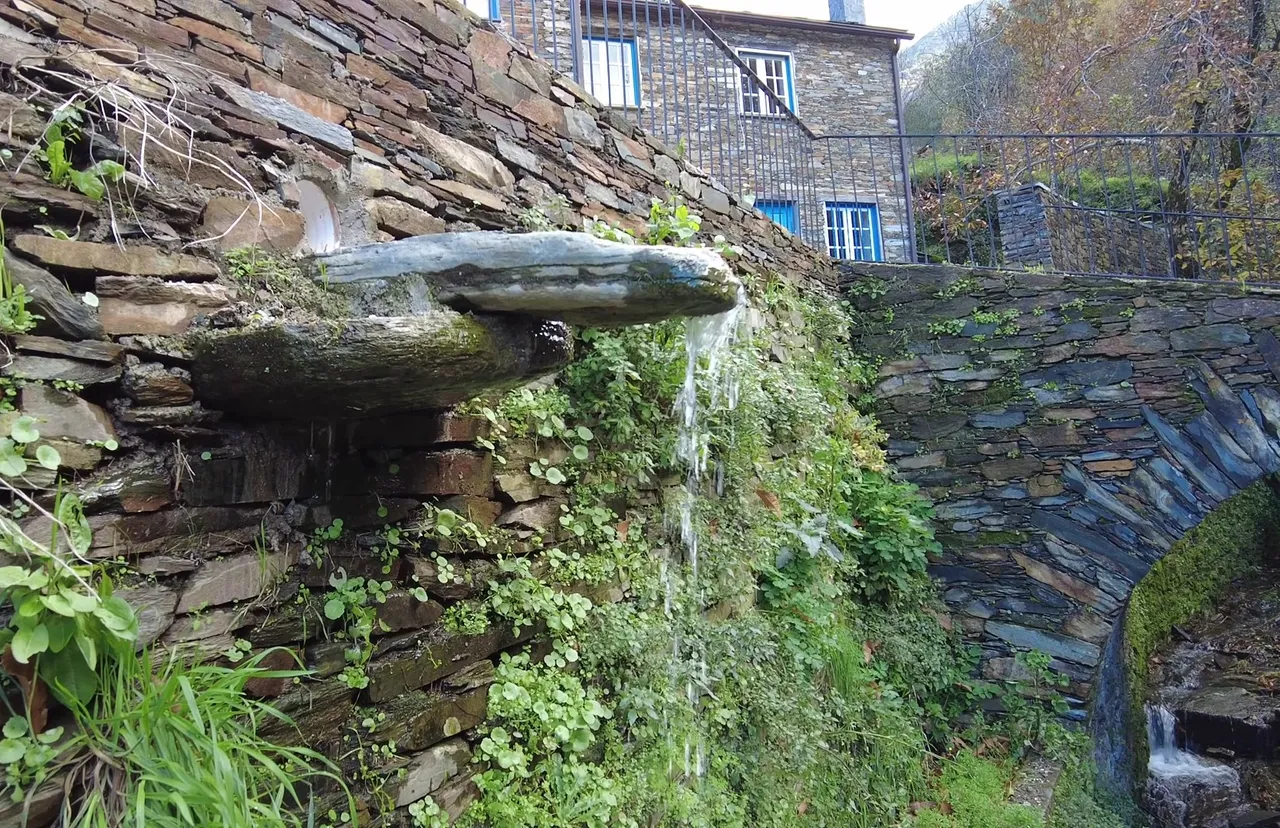
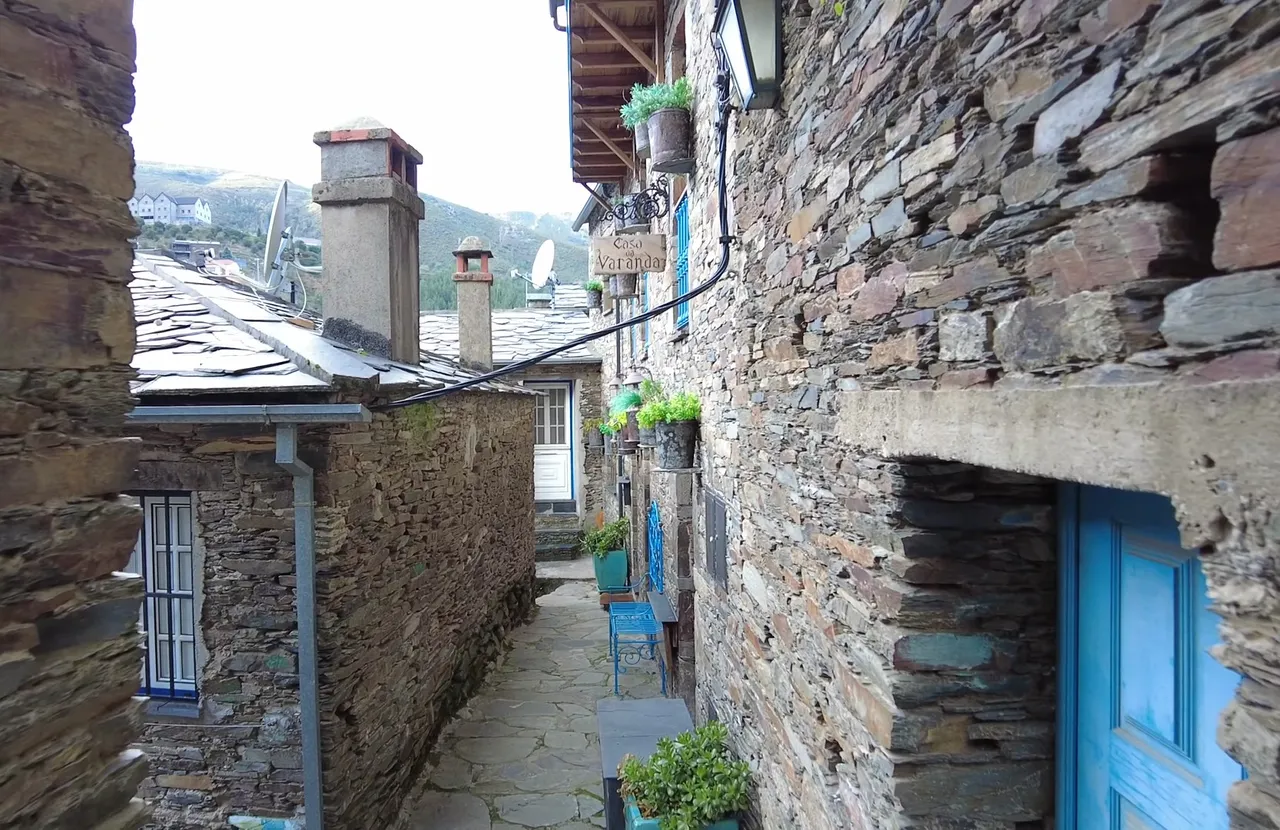
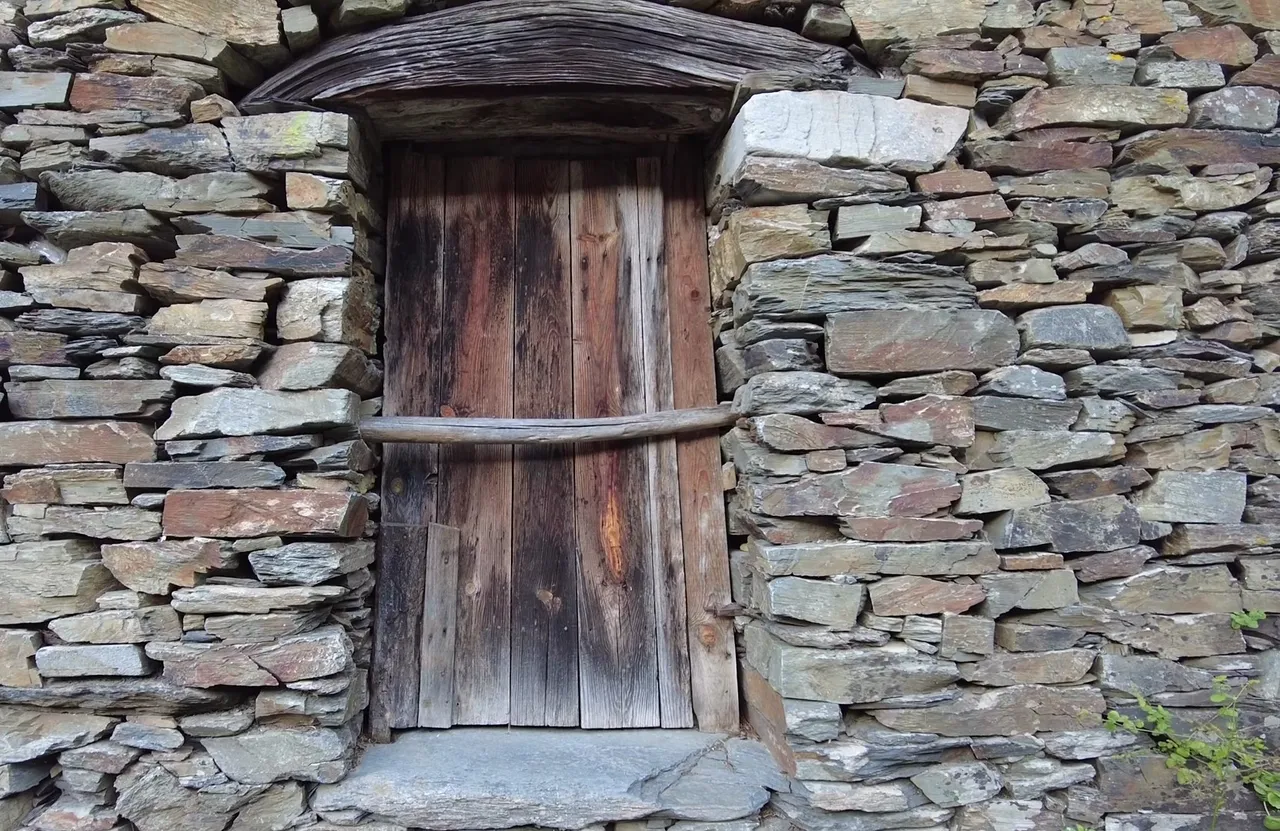
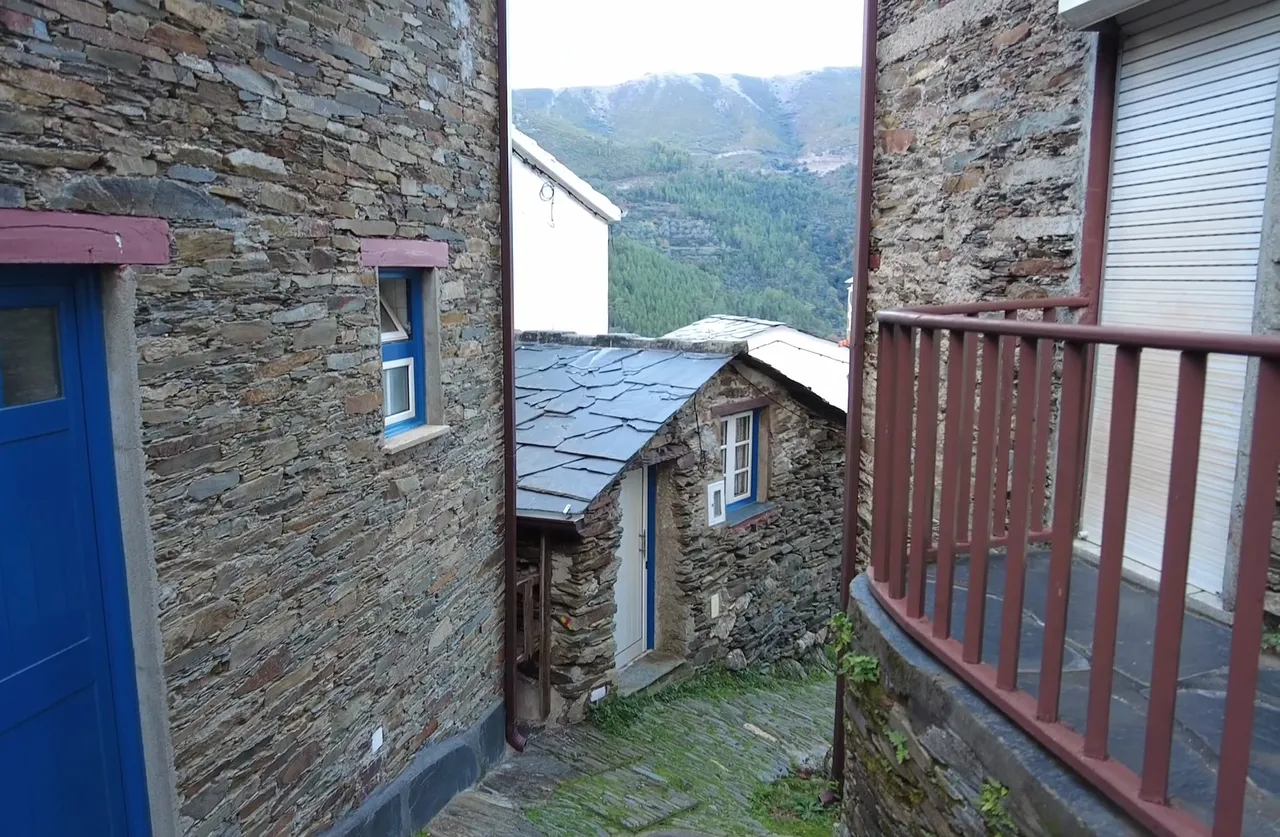
The clever inhabitants of Piodão have created a communal threshing floor at the top of the village with a magnificent view. Here, the process of threshing grain was carried out for the entire village. Everything related to bread production in this village is communal. Not many people lived here then and still don't. They would thresh the harvested crops and probably bring the grain down. Apart from the communal oven, there are very interesting footprints carved directly into the stone at the place where bread was baked for the entire village. It seems to be some kind of charm or protection symbol. Saint Peter, the guardian of the roads, is a friend and protector of Piódão, as written in the Peter Chapel here, both on earth and in heaven.
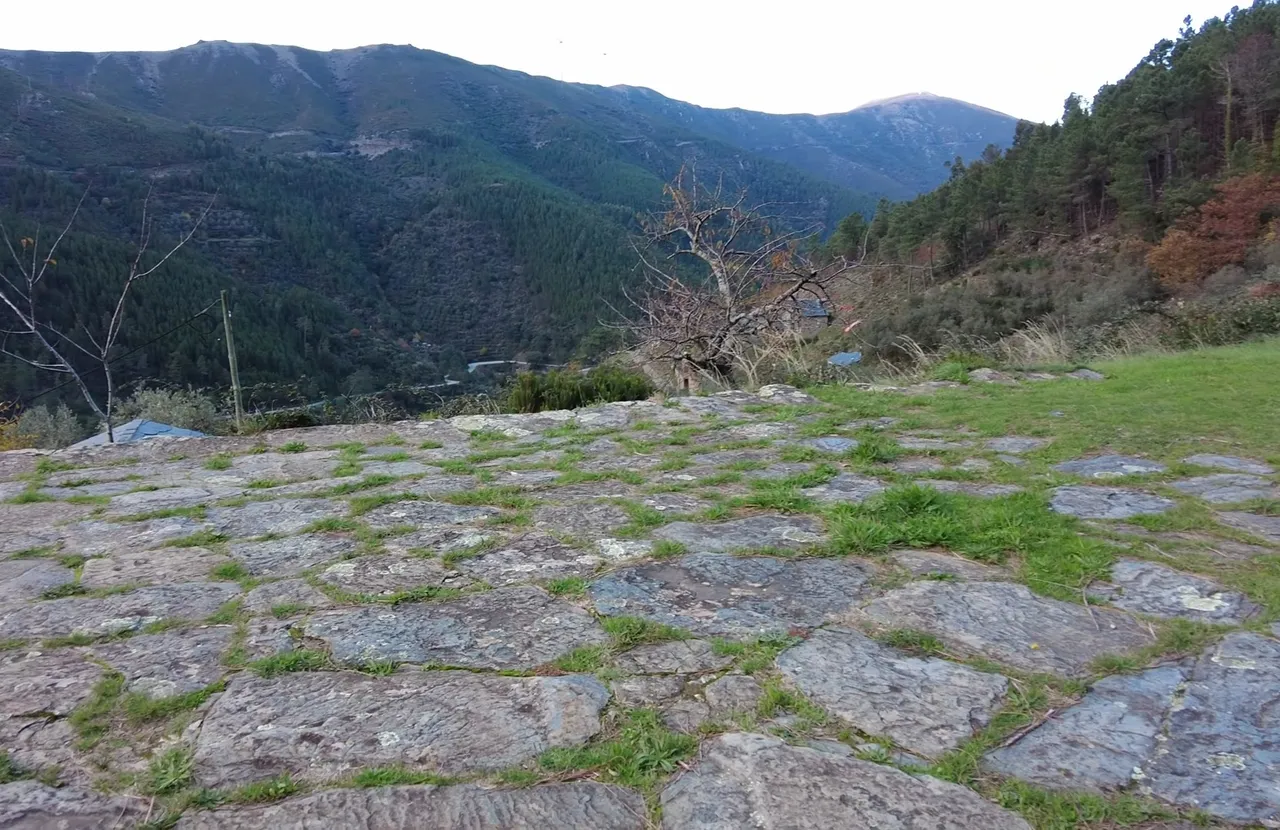
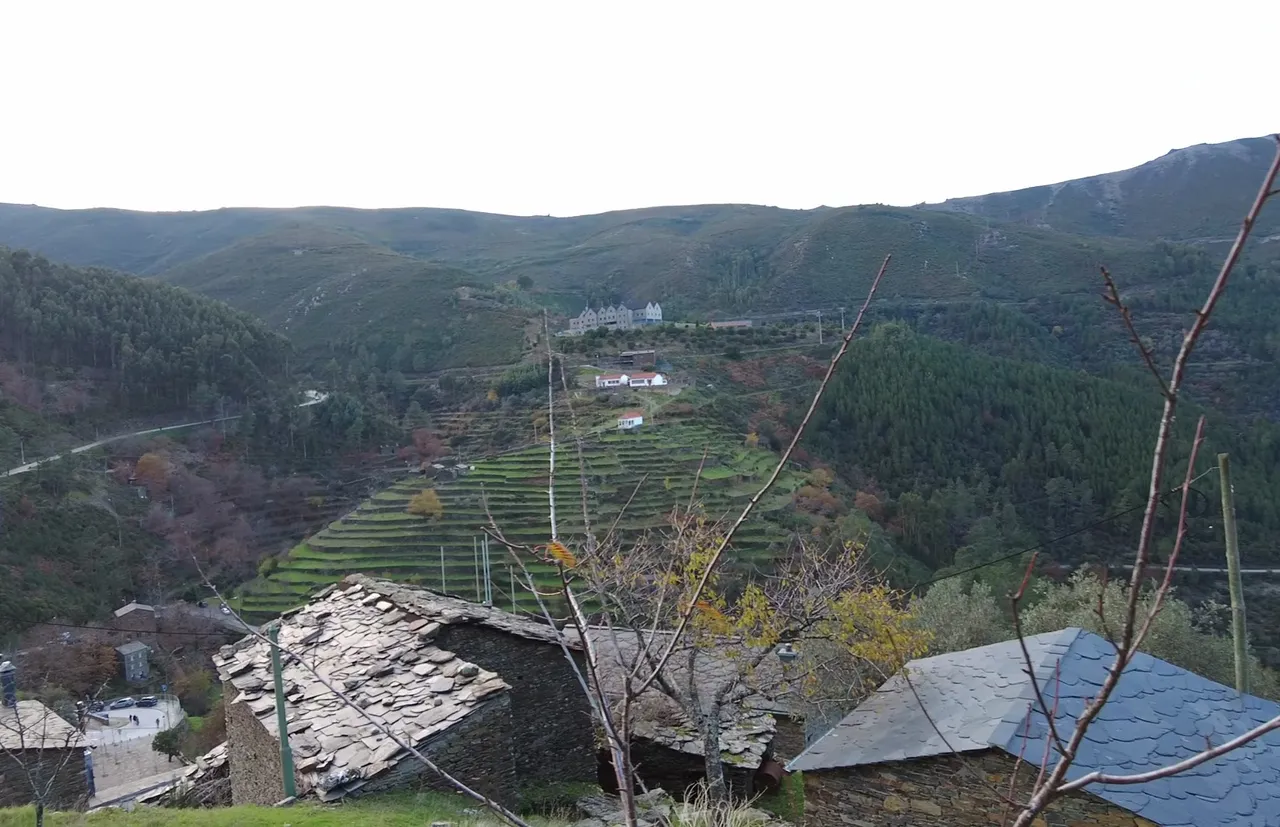
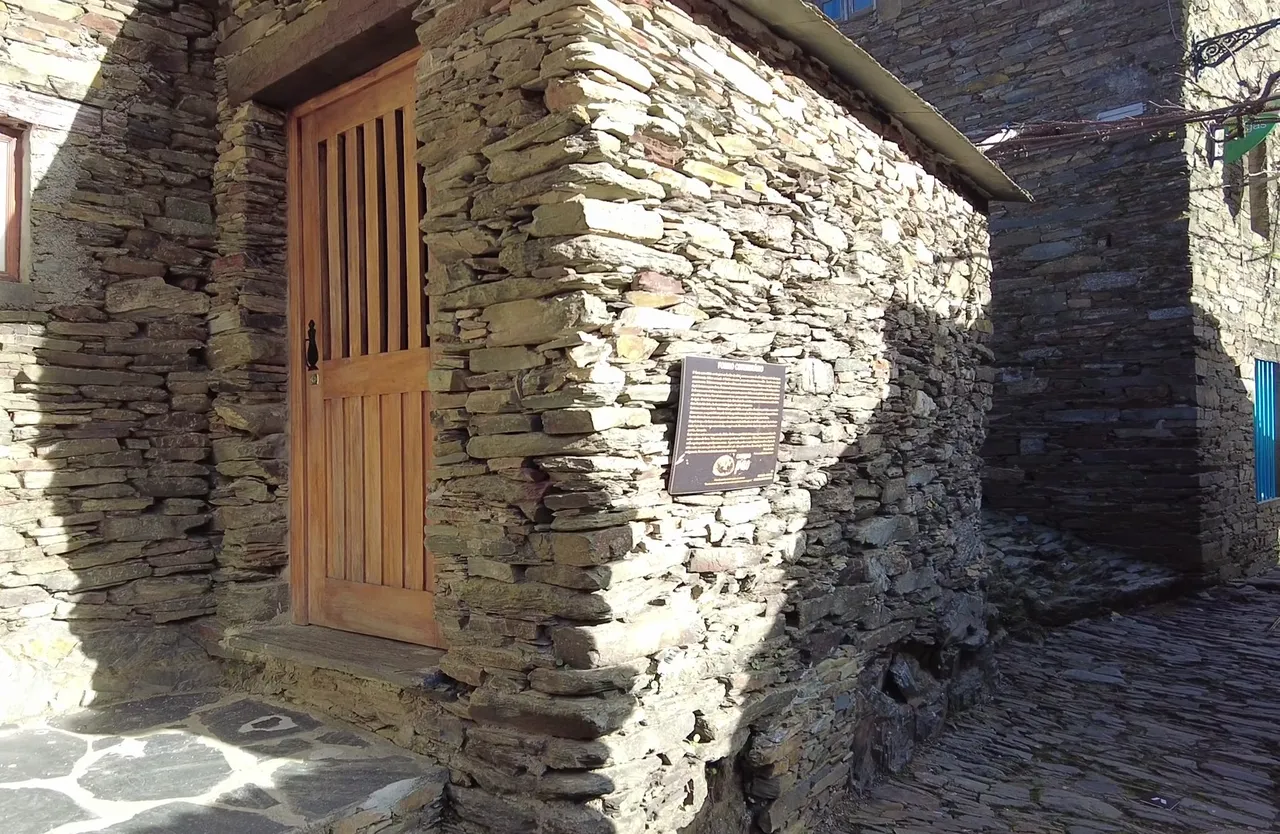
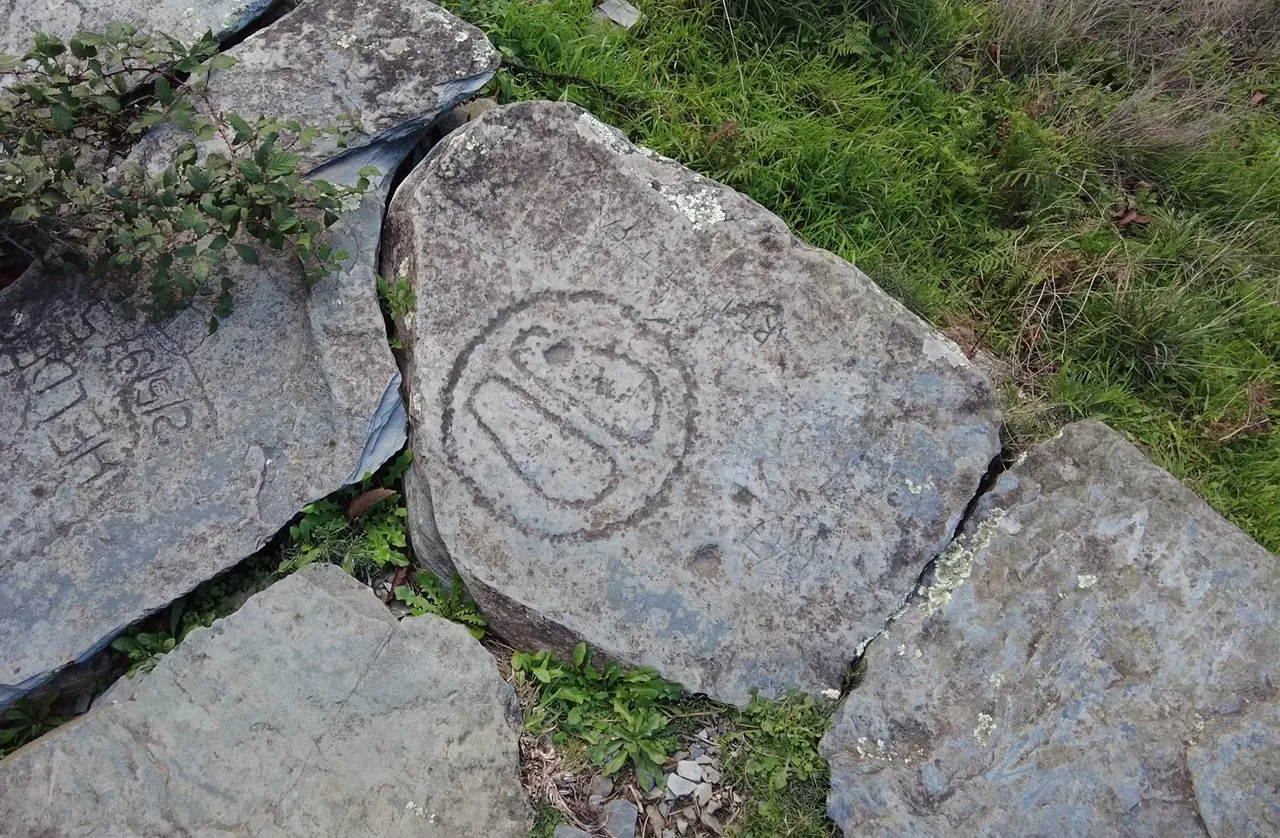
Piódão seems like a fascinating place with its unique signage system to prevent confusion on the paths. These signs are everywhere and help you navigate without getting lost, which is quite handy. However the Piodãos have also placed crosses above their entrances to provide extra protection for their homes, which adds to the charm. And there are horseshoes added for further protection, making it even more enchanting.
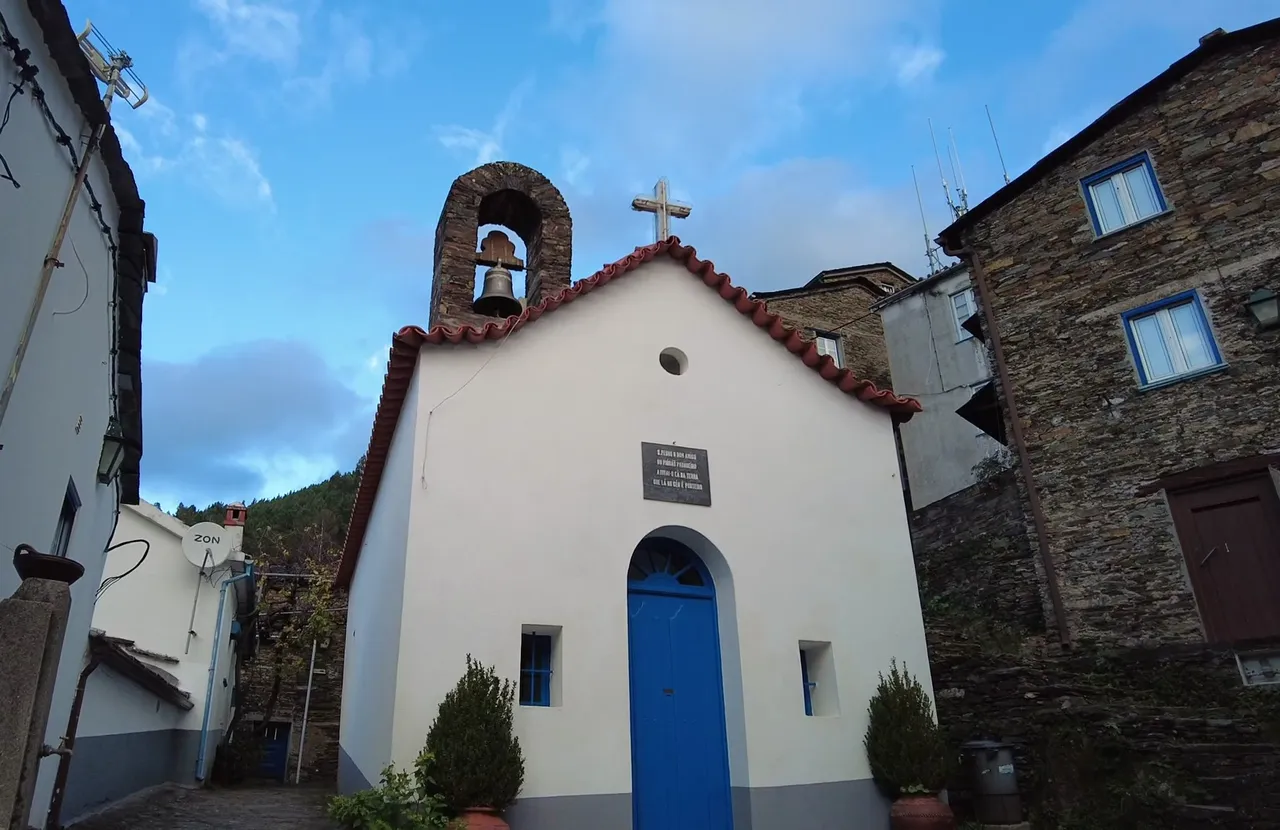
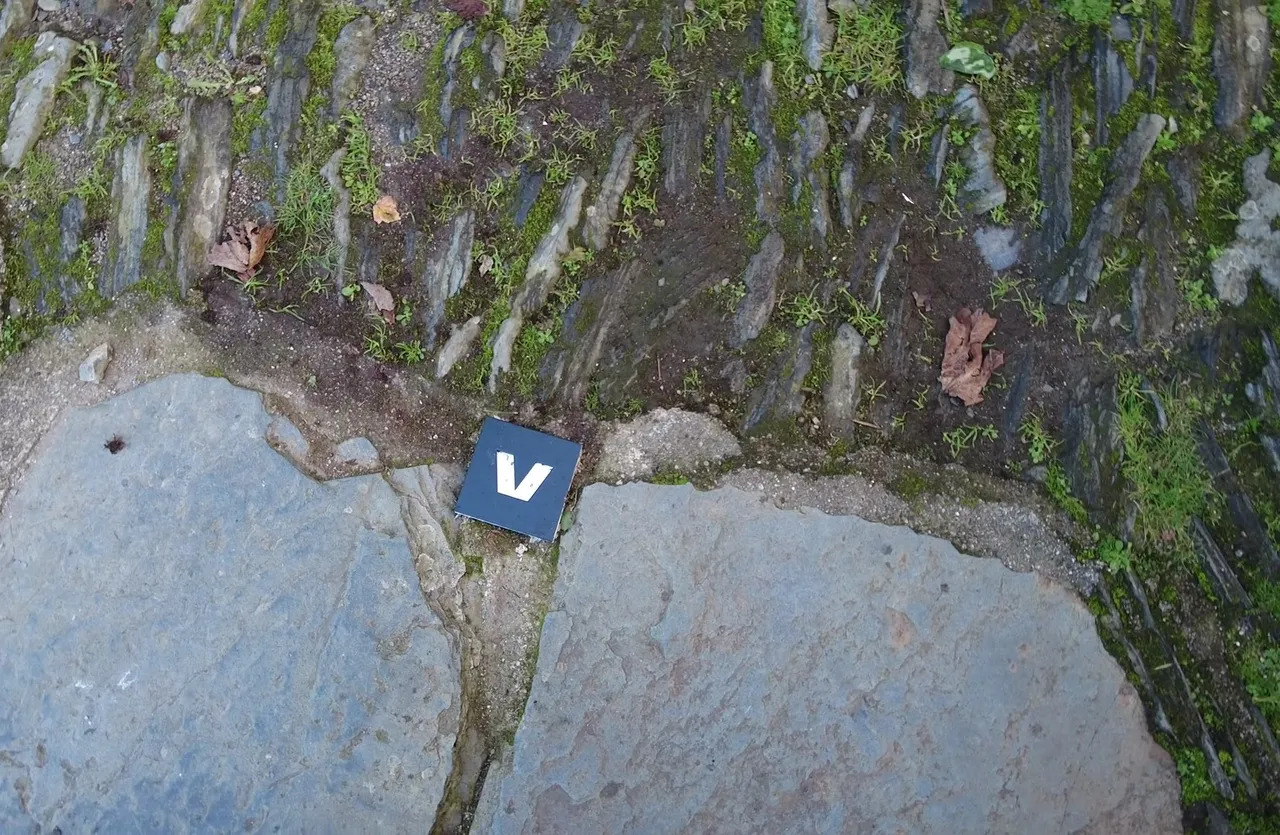
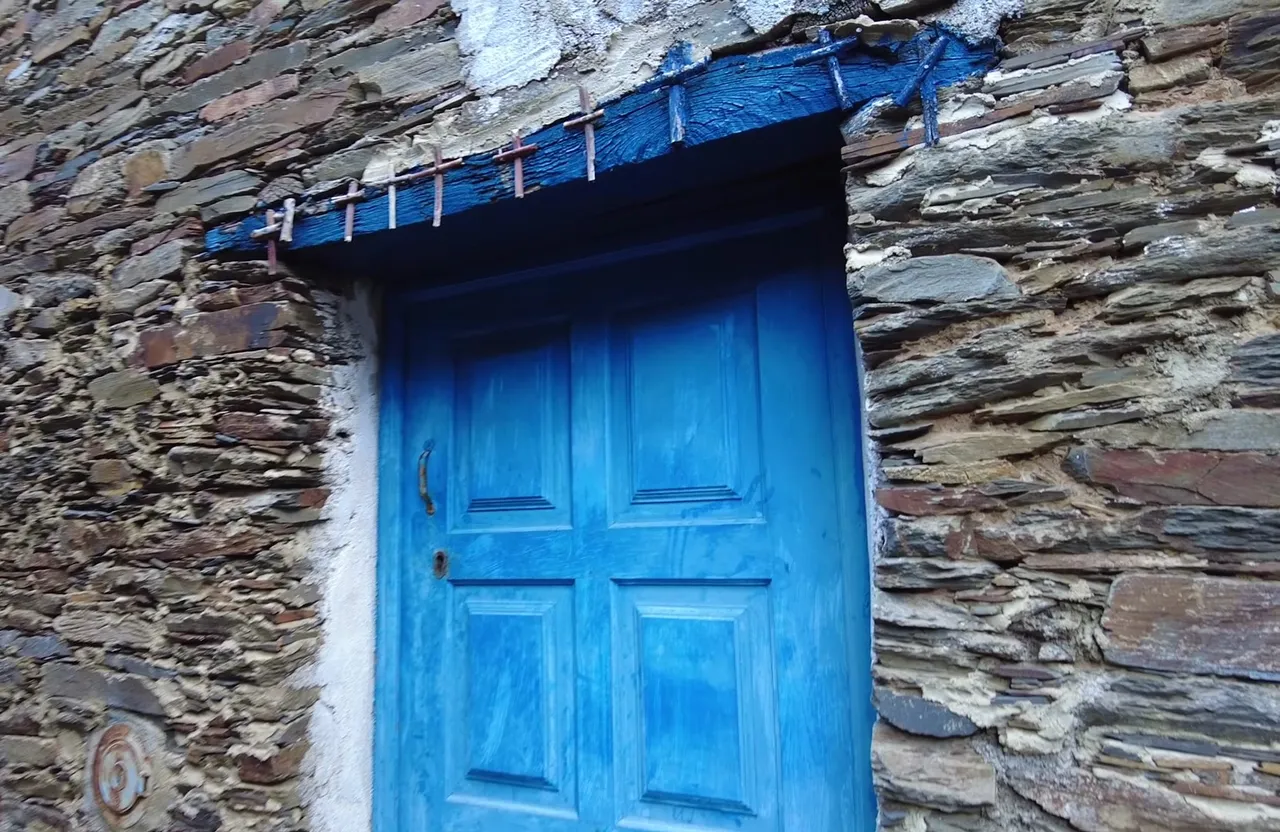
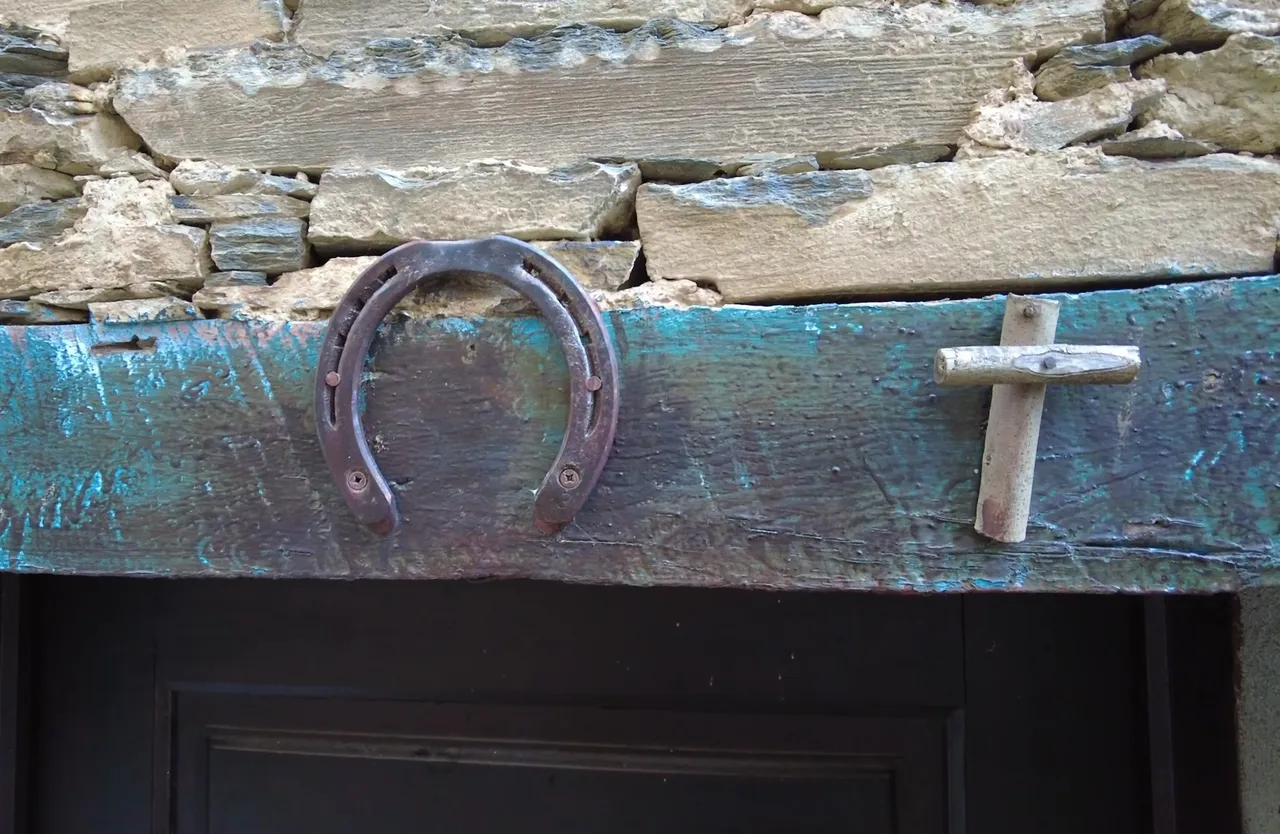
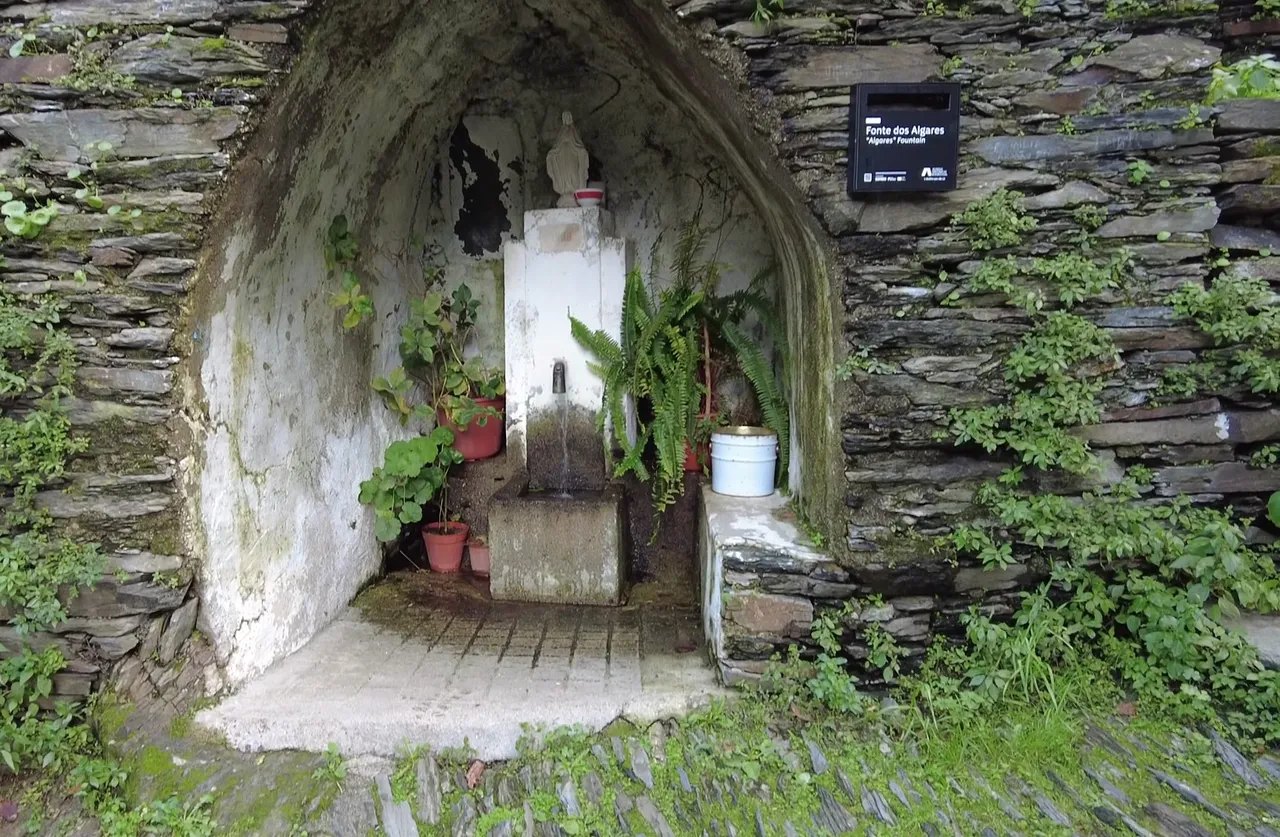
If you head a bit left from the entrance, just to the left of the main church, you'll find a wonderful walking path surrounded by charming houses. If you go to the right of the church, you'll see olive groves on the other side. There's another micro-tourist attraction here, the Chapel of Capela dos Penitentes, dedicated to repentant souls. There are small streams flowing everywhere.
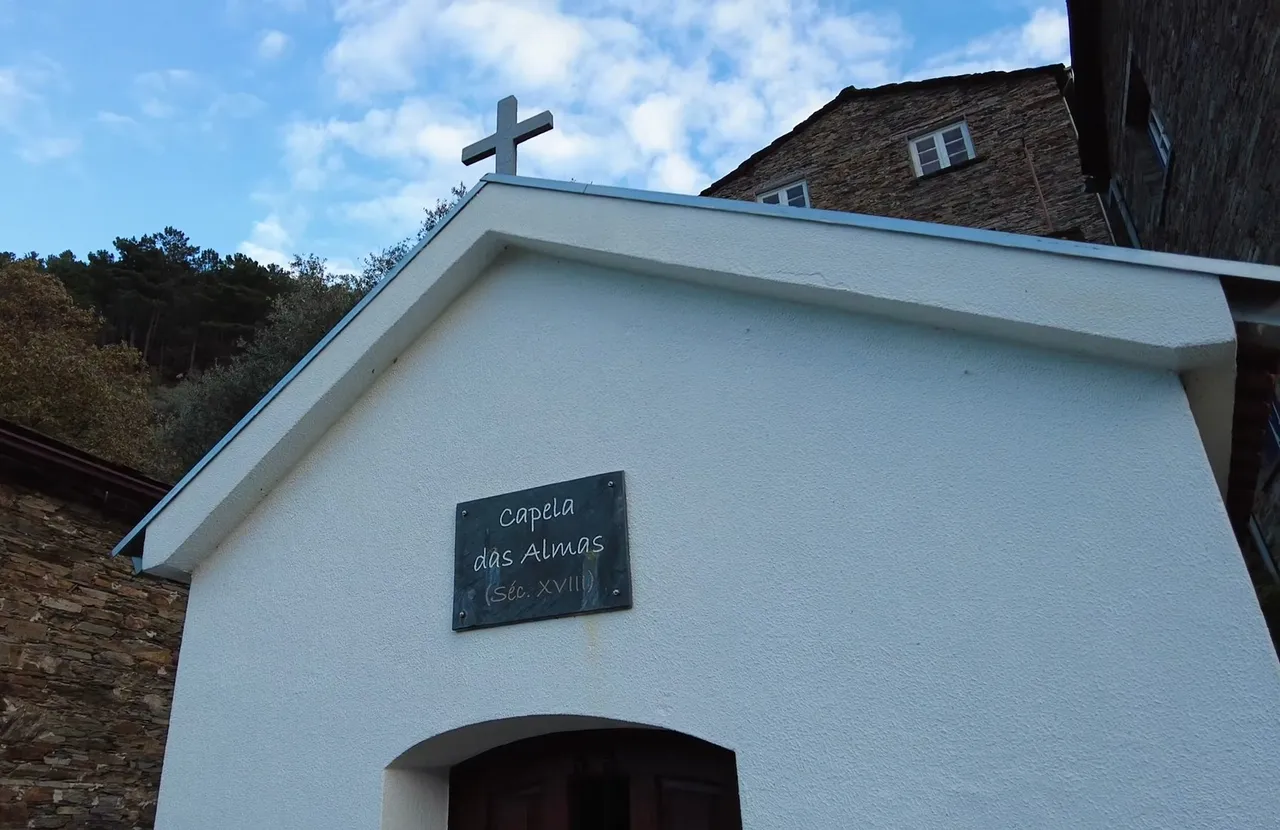
It sounds lovely and I'm glad you enjoyed it so much. If you ever visit Portugal, you'll surely enjoy it too. By the way, there are some nice restaurants on the central square offering Portuguese food and wine. For example, grilled lamb with spinach is really delicious.
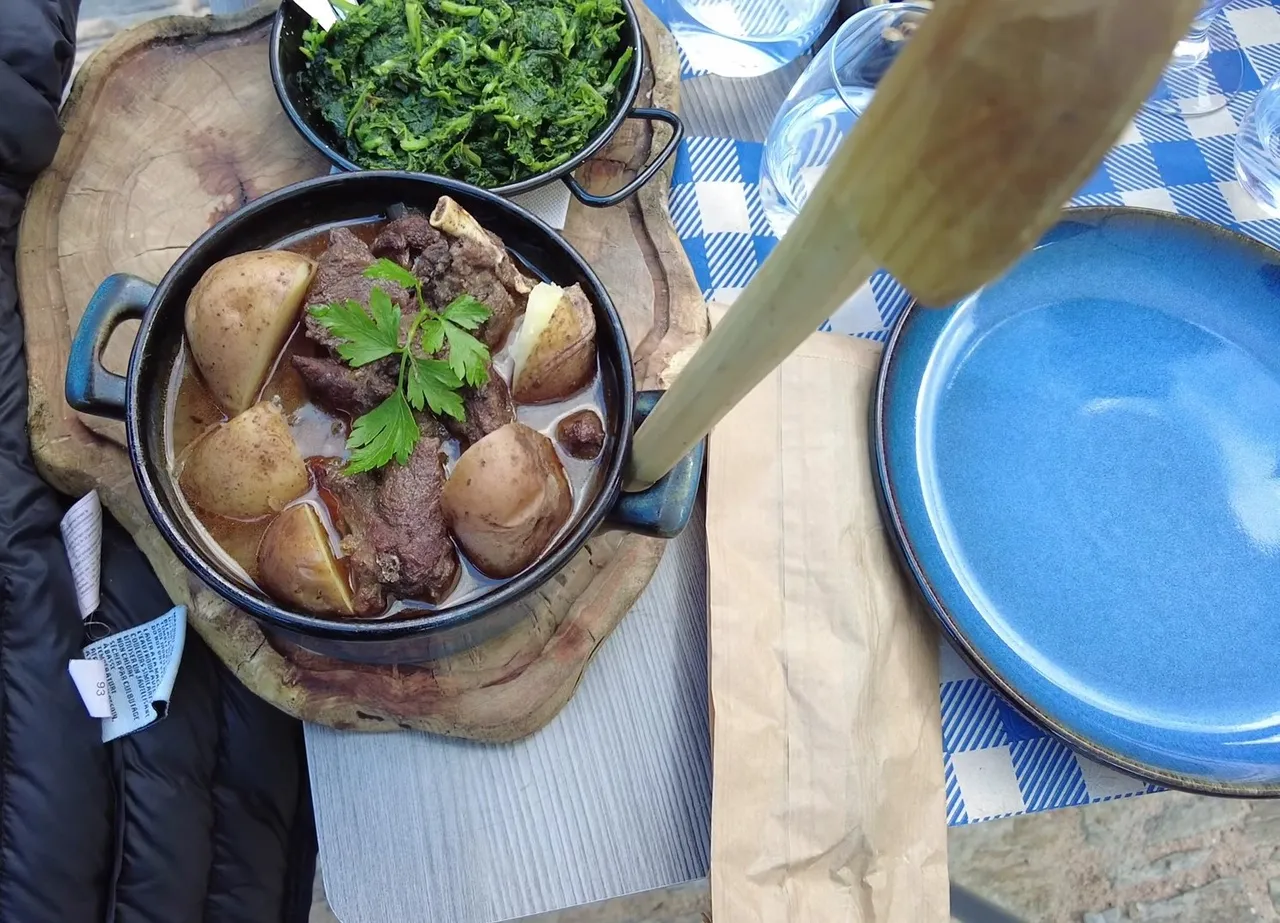
If you have the chance, I highly recommend visiting this wonderful village.
